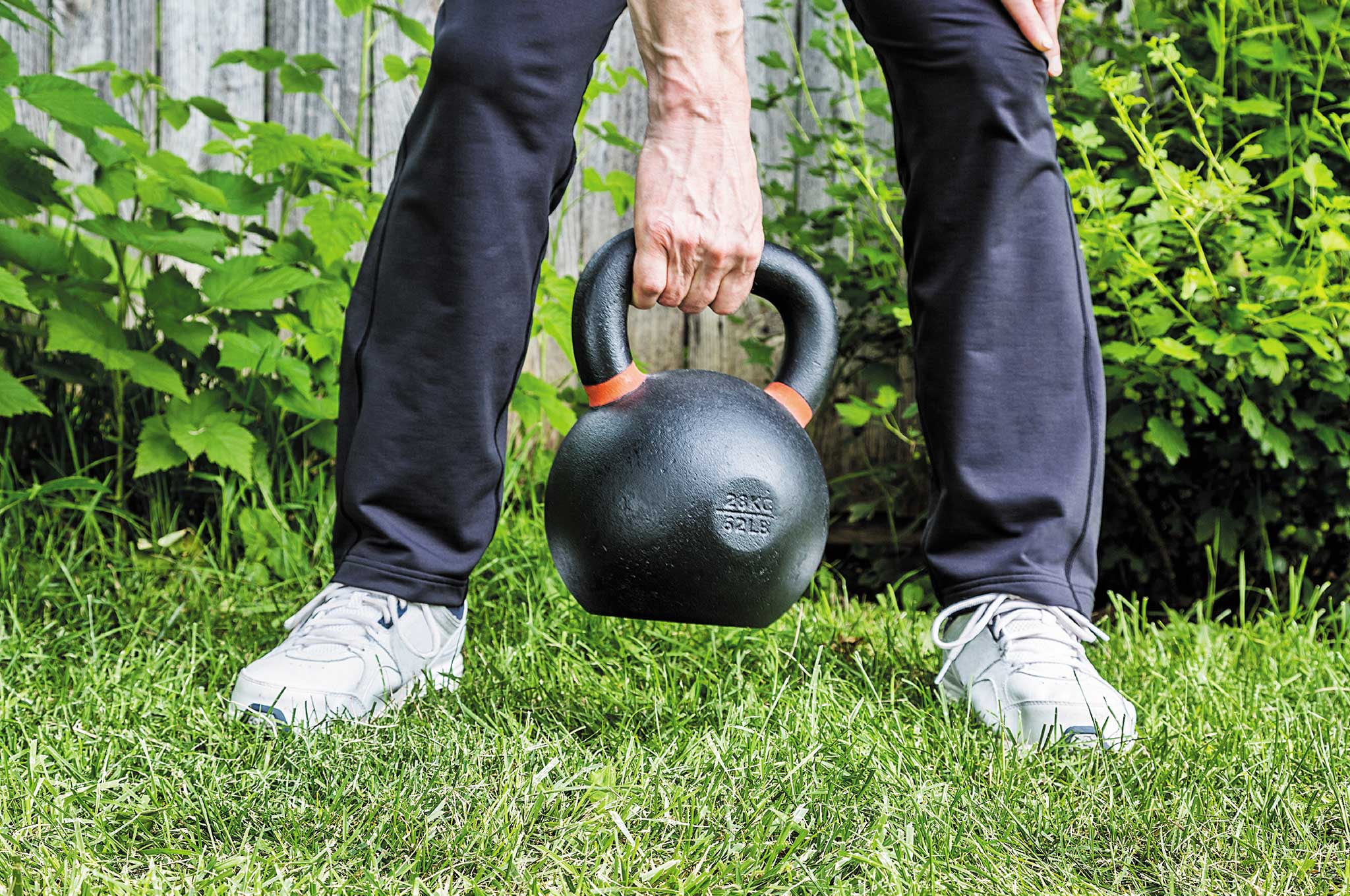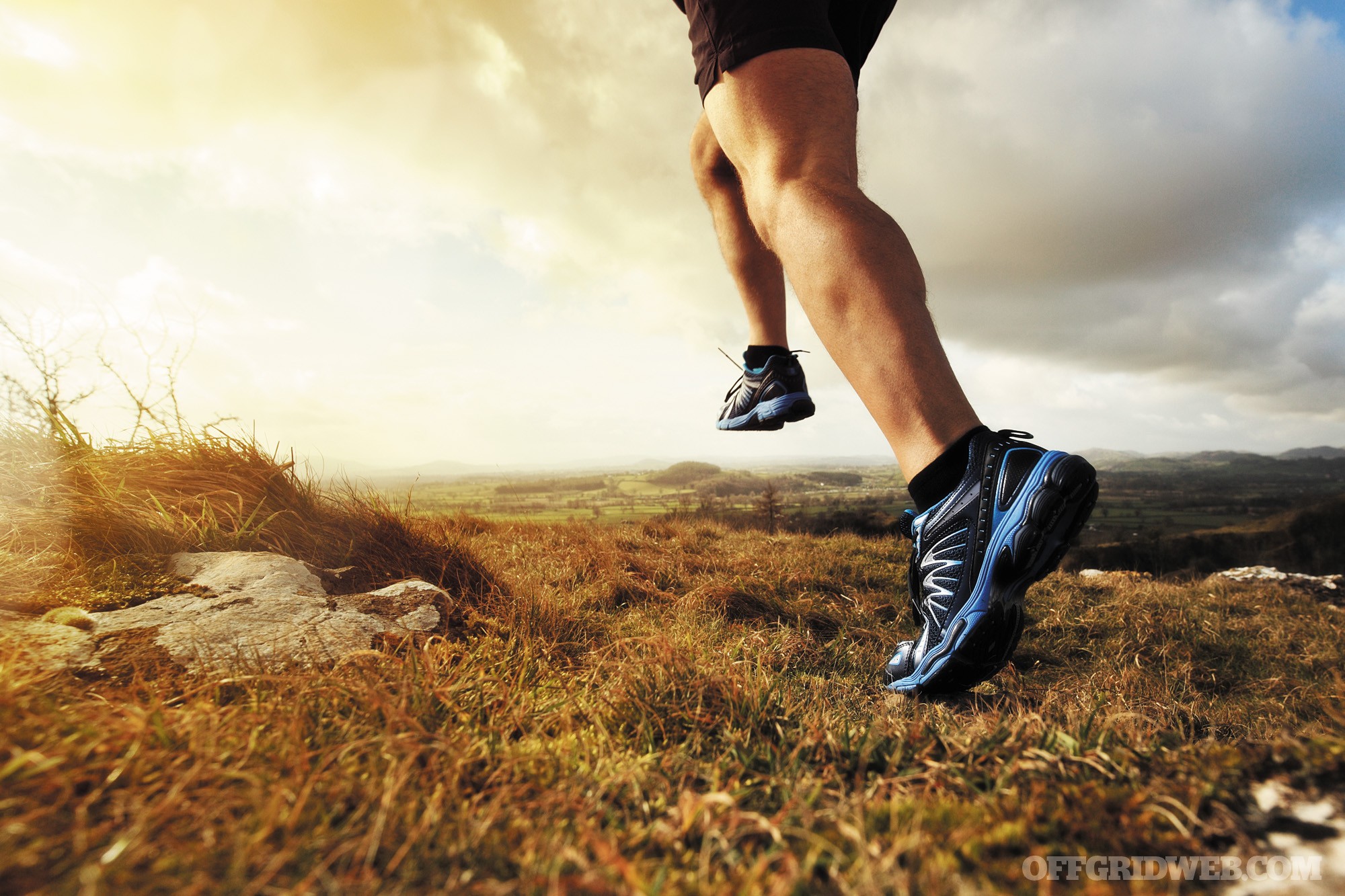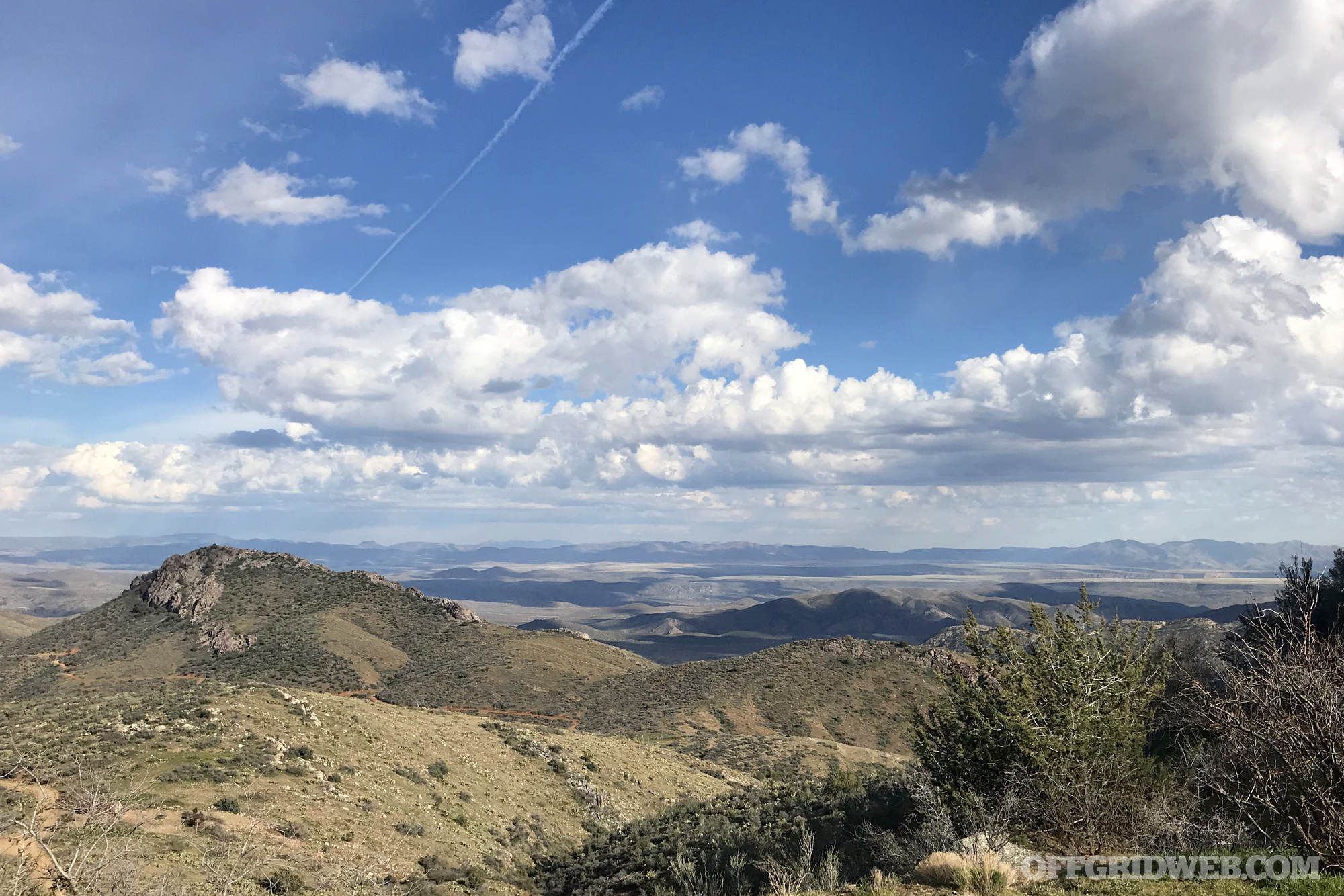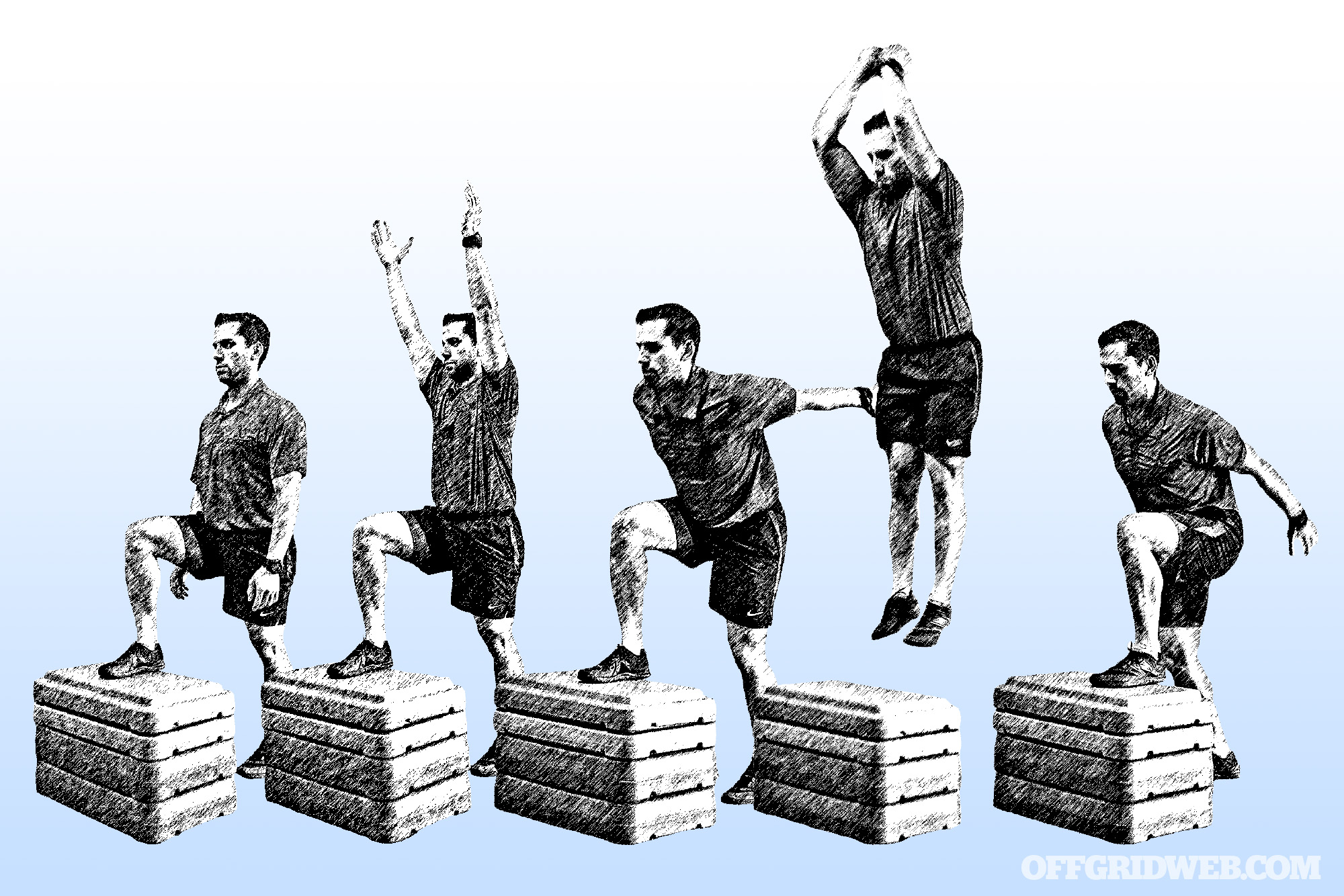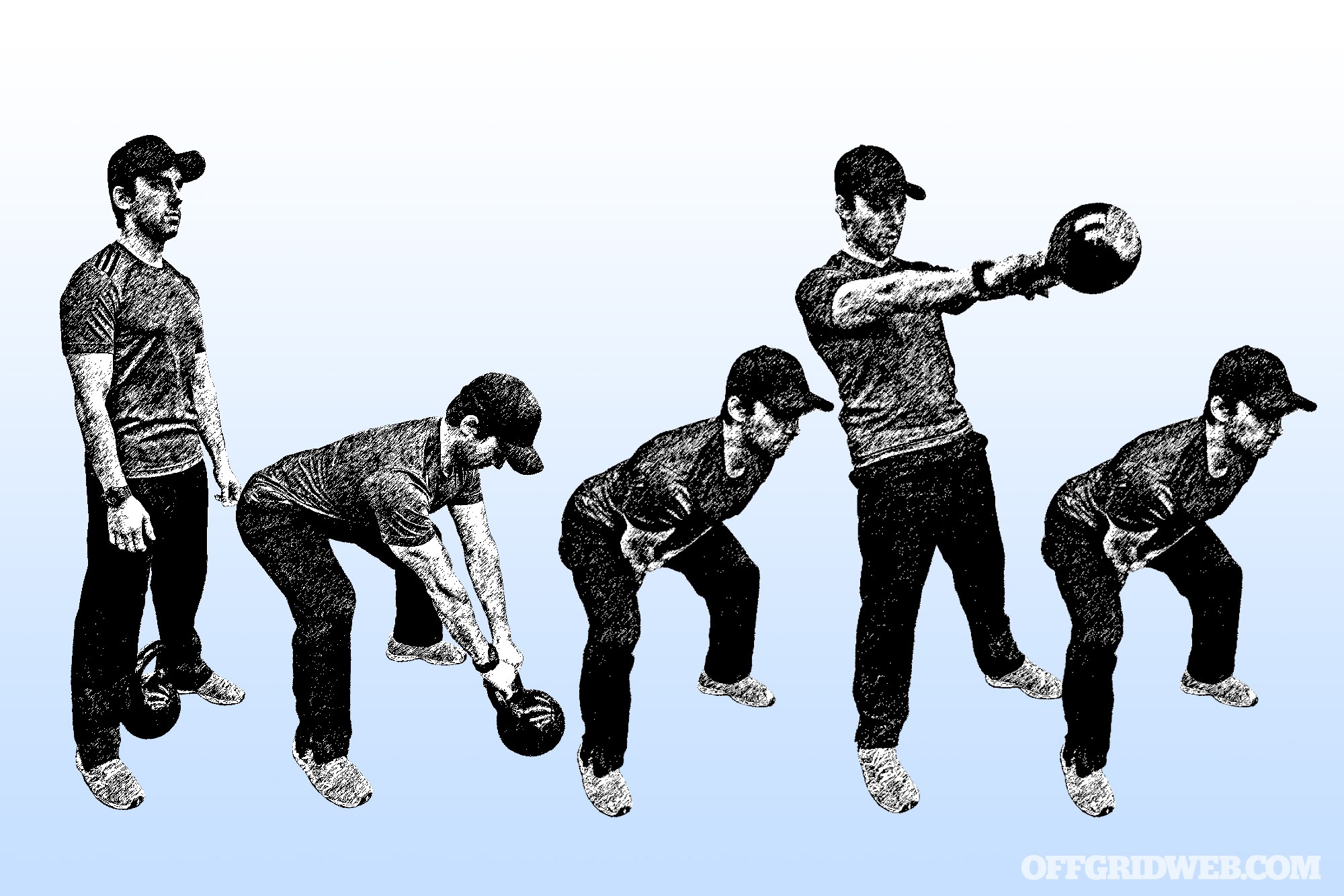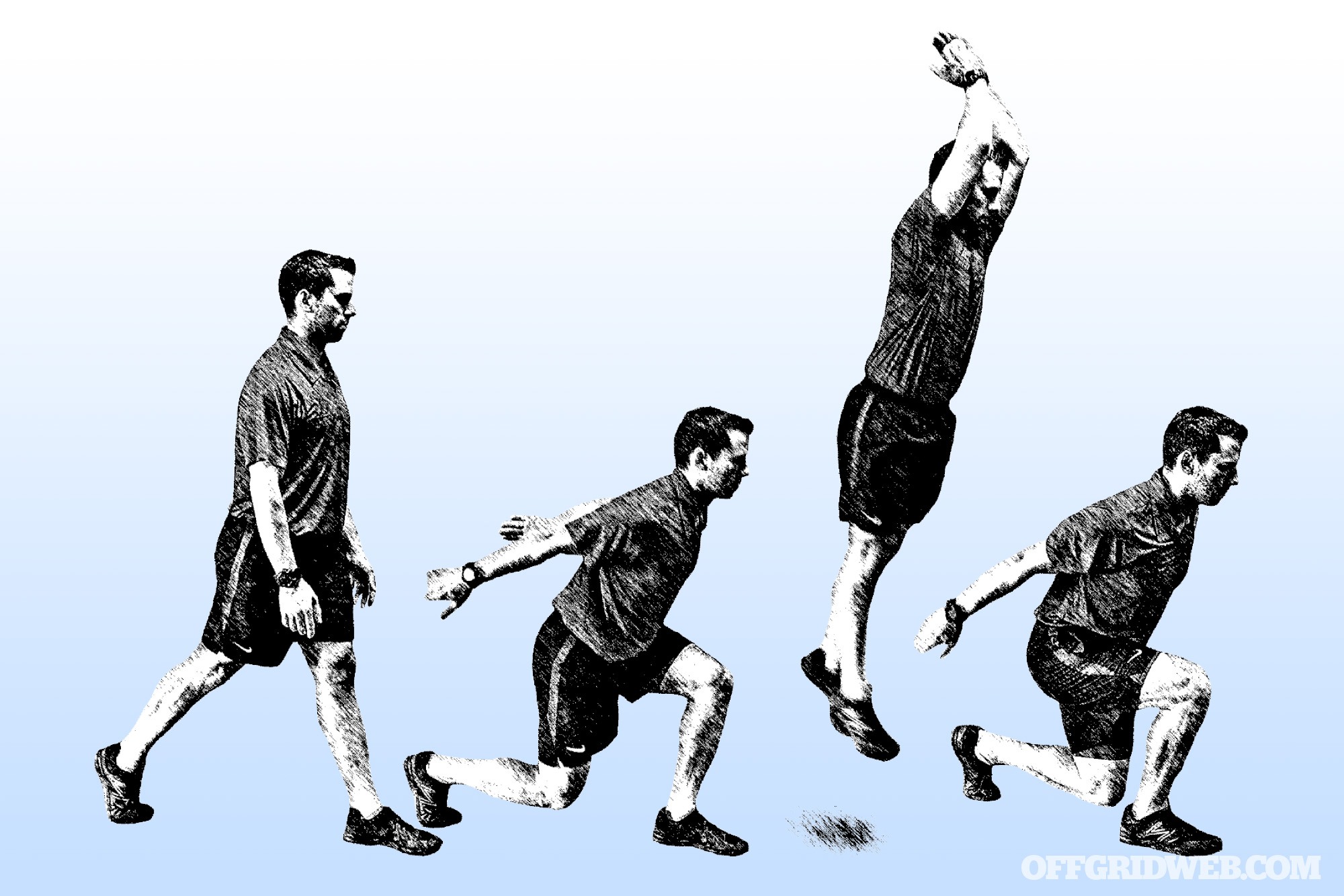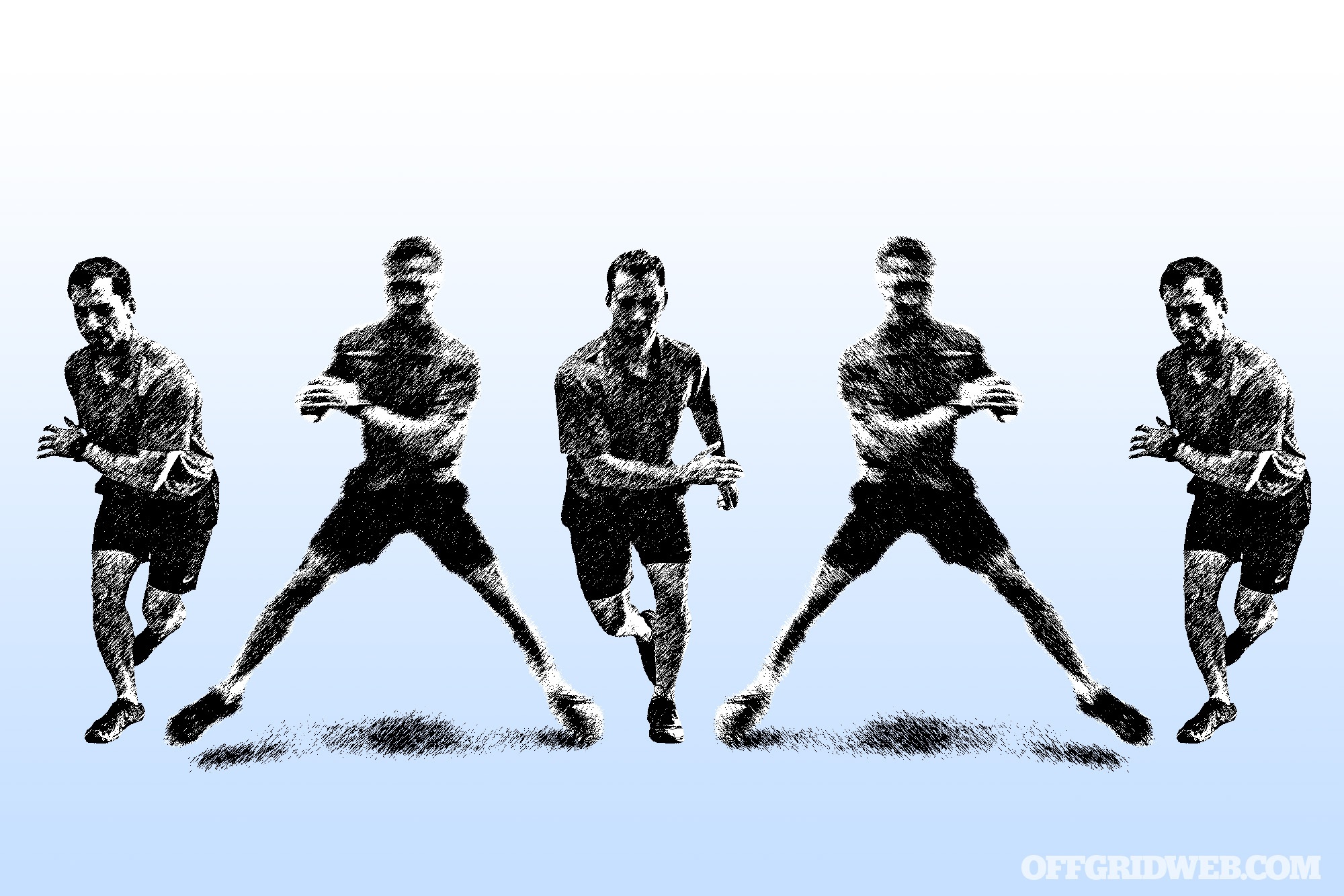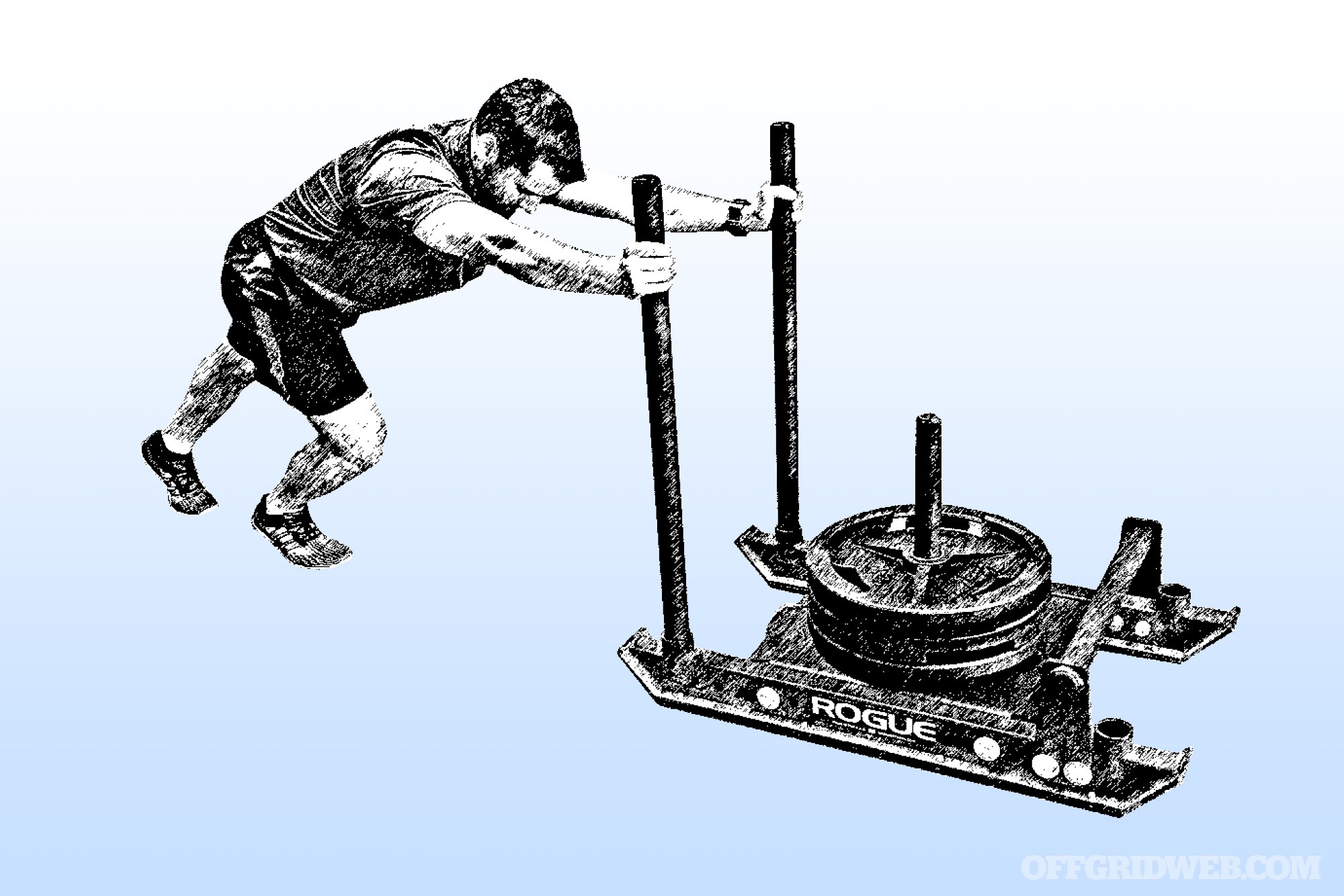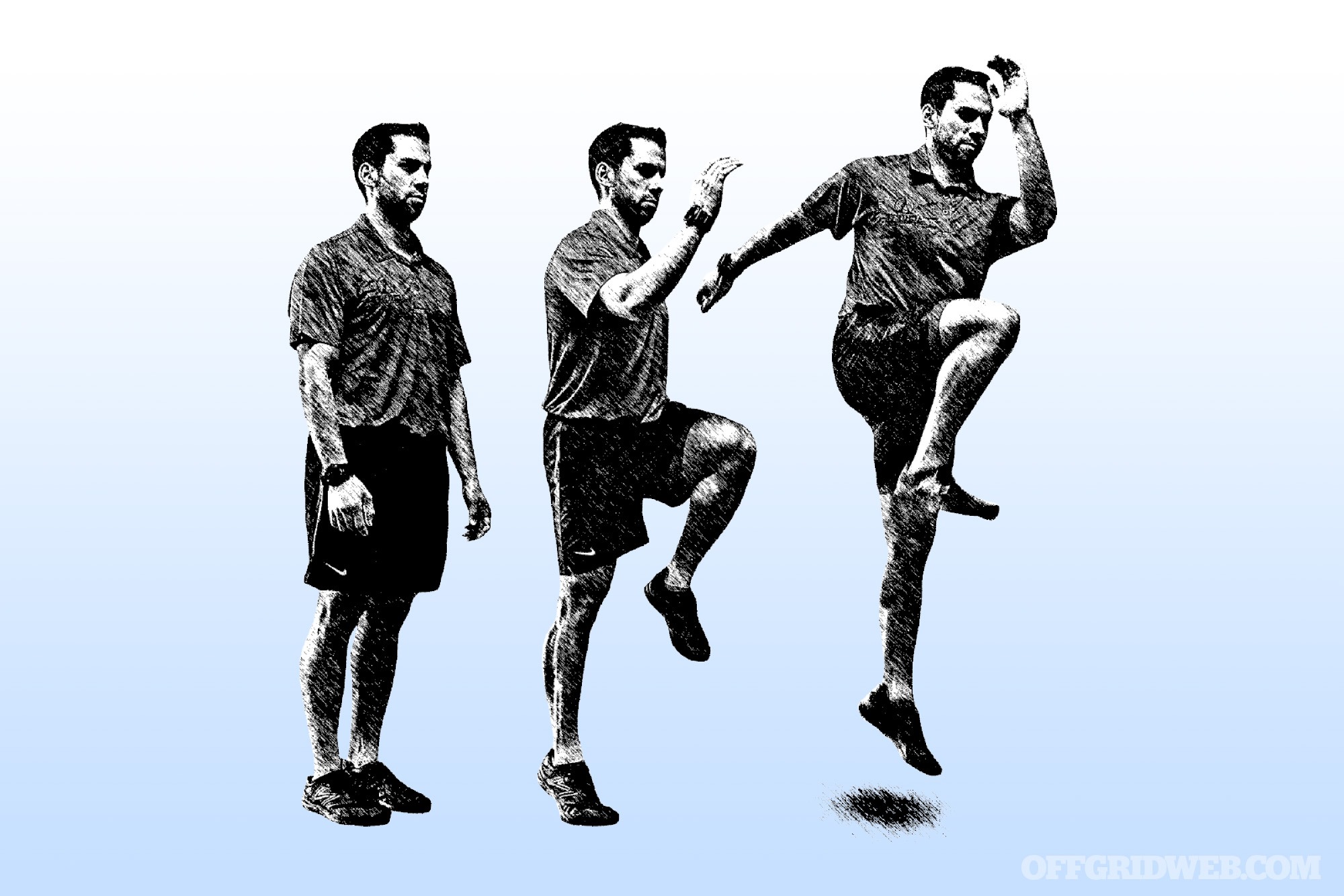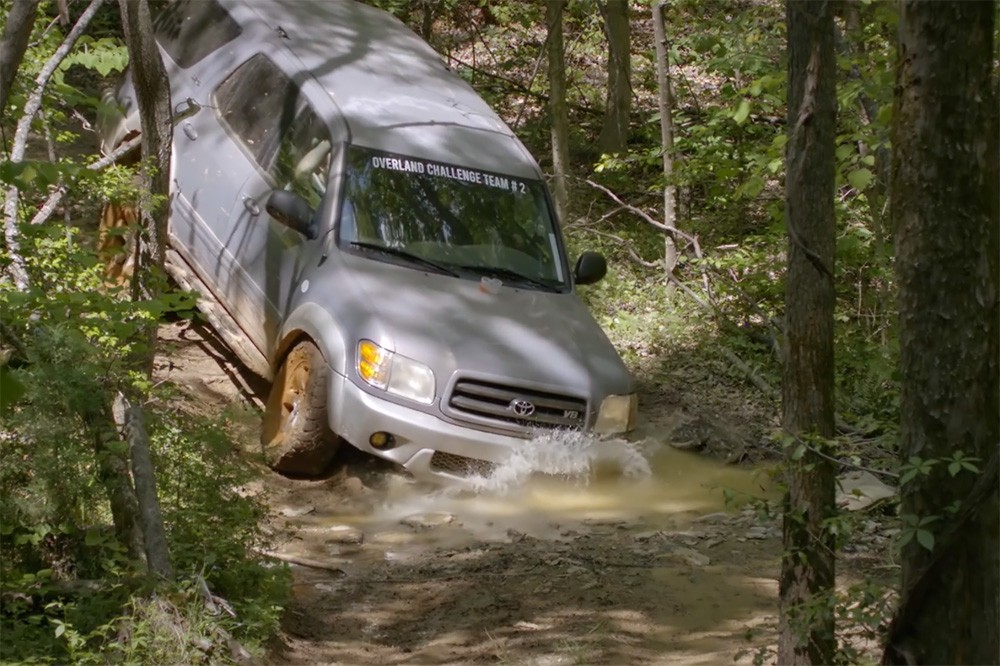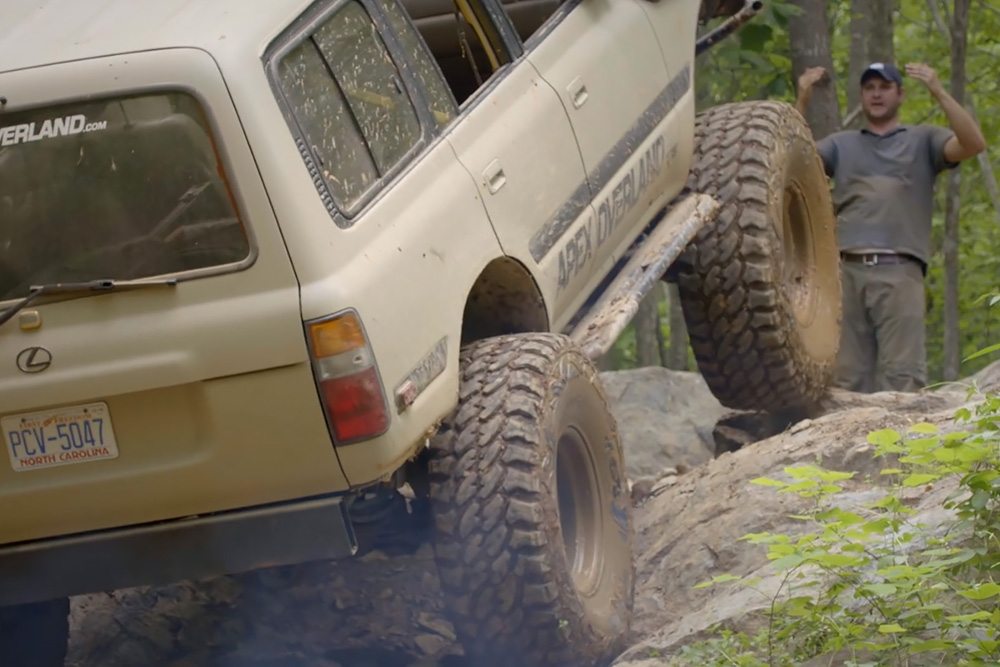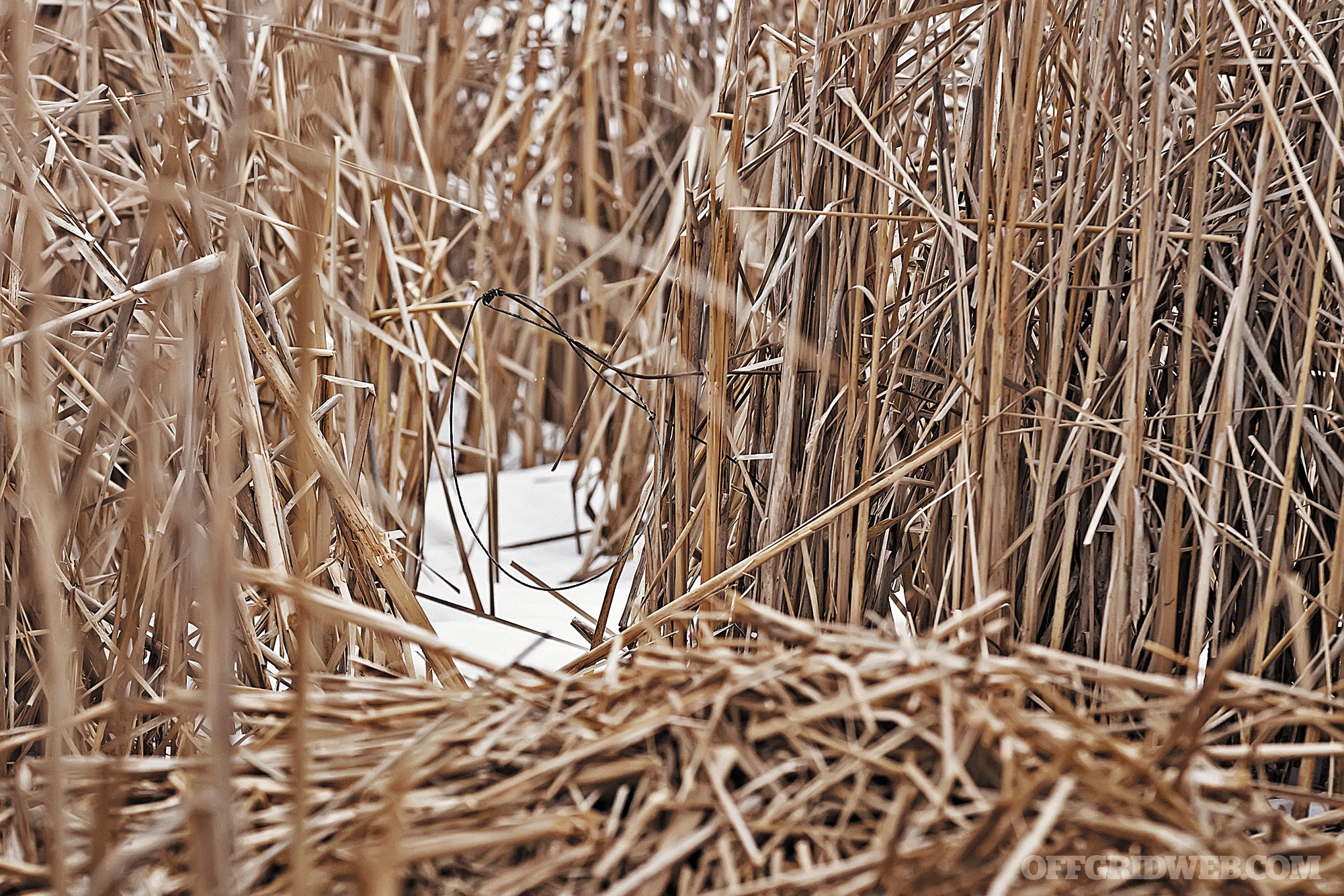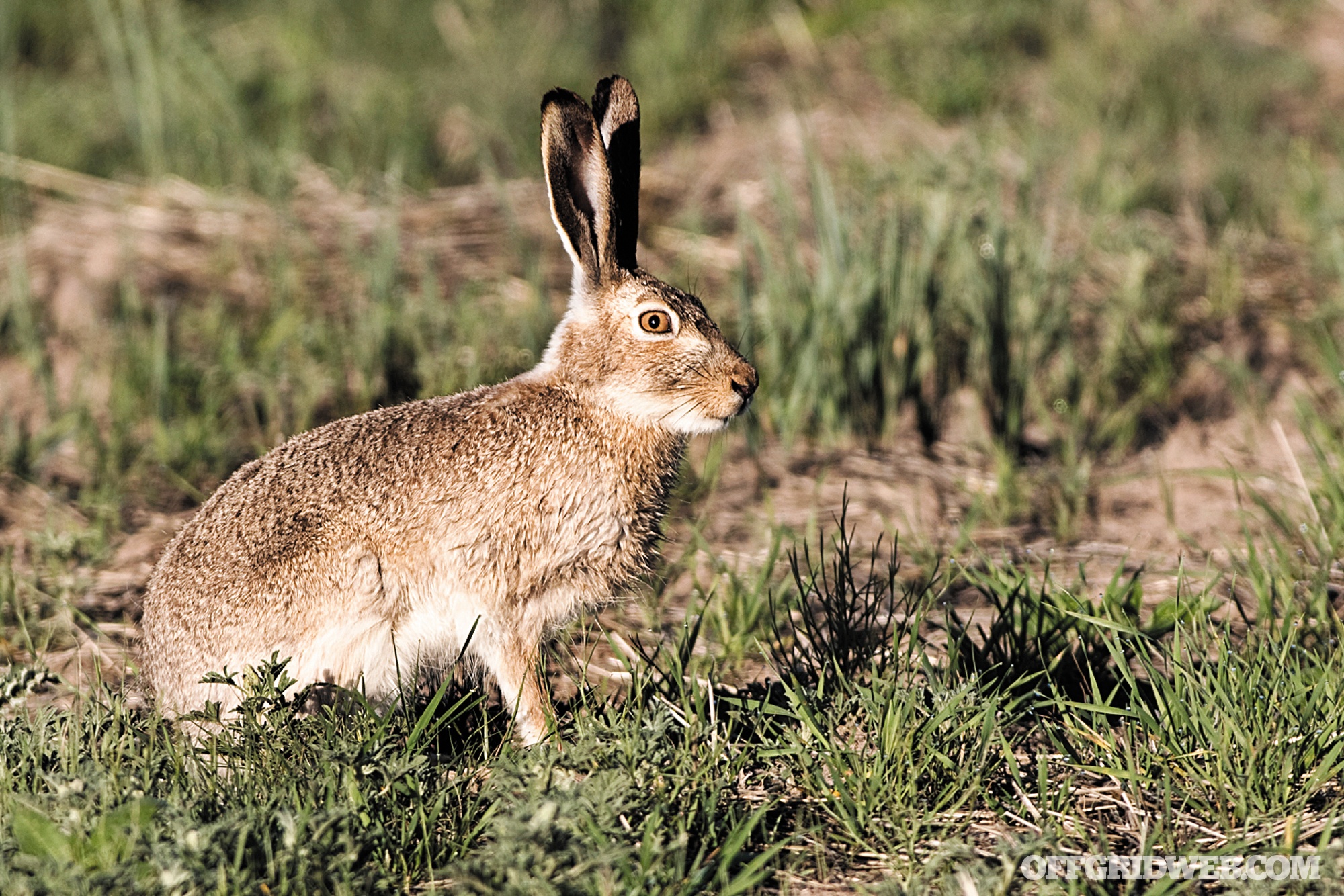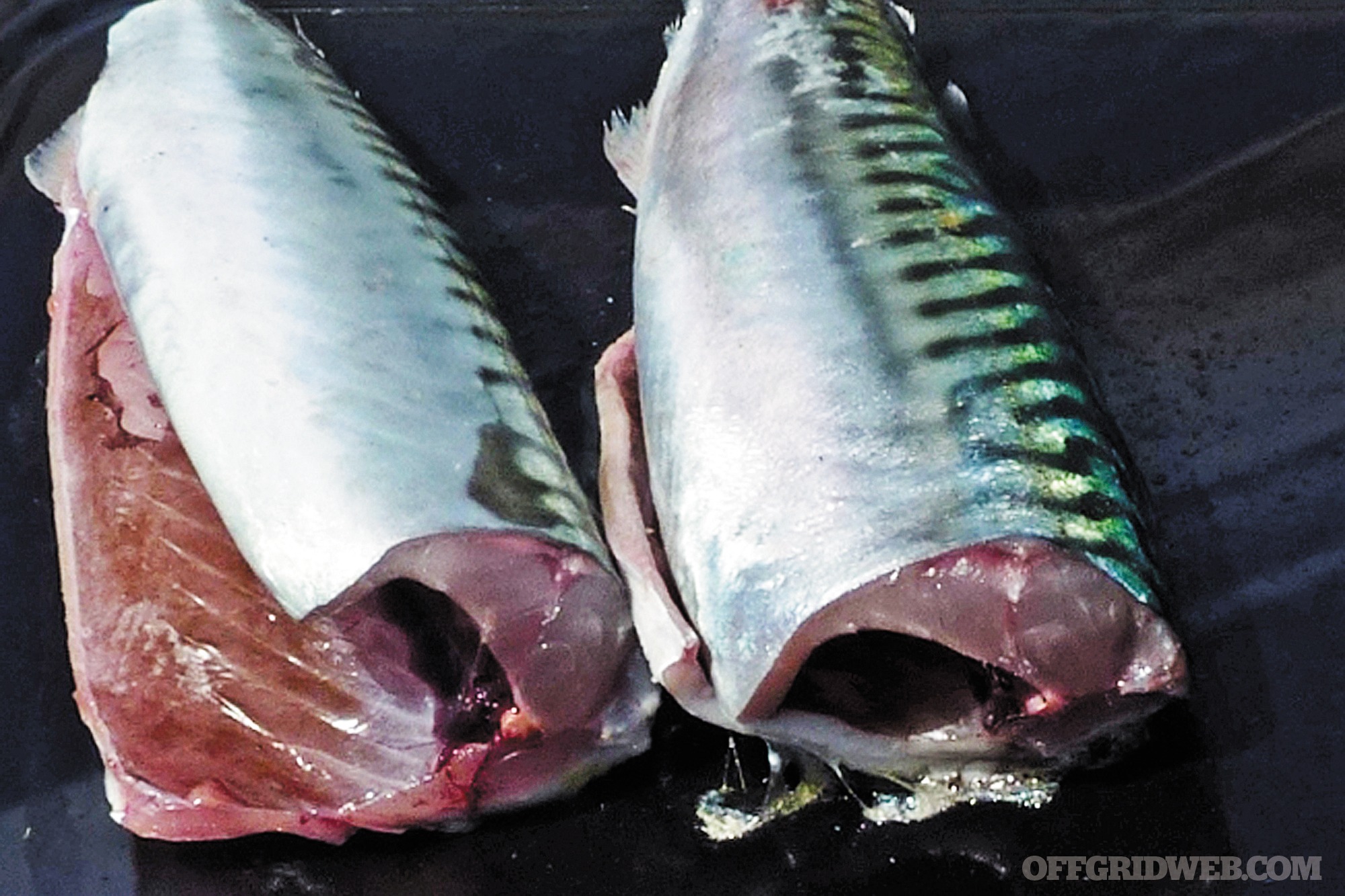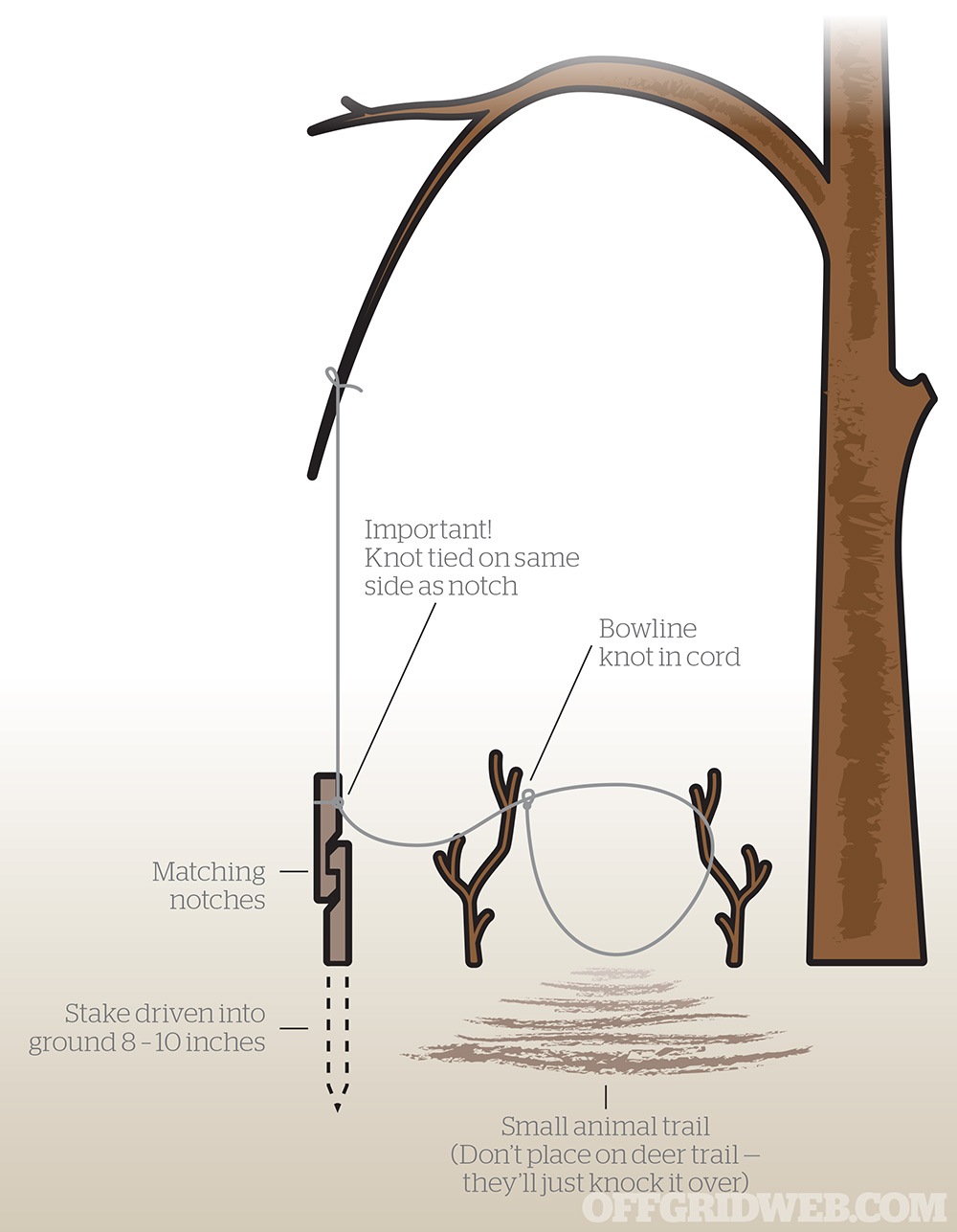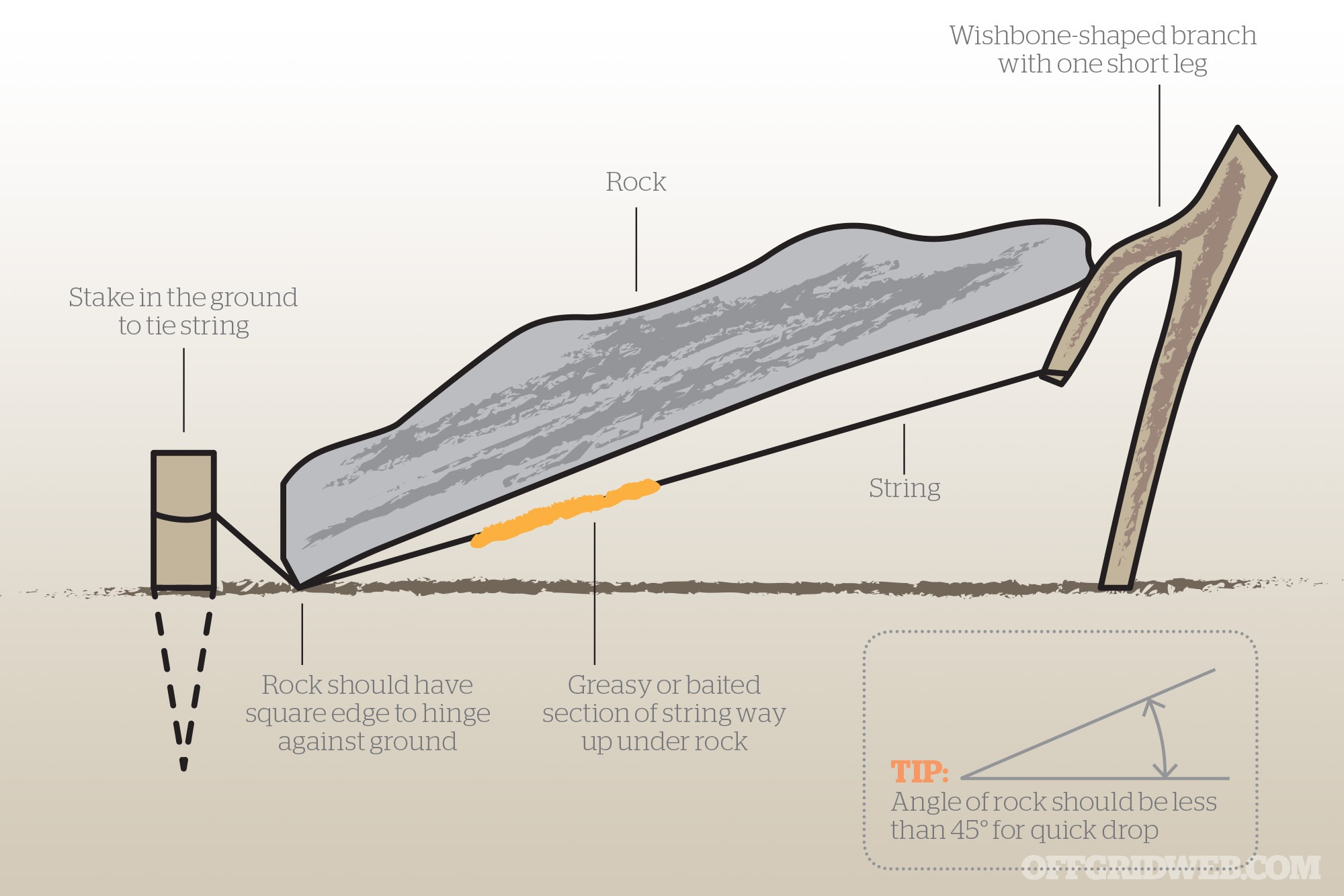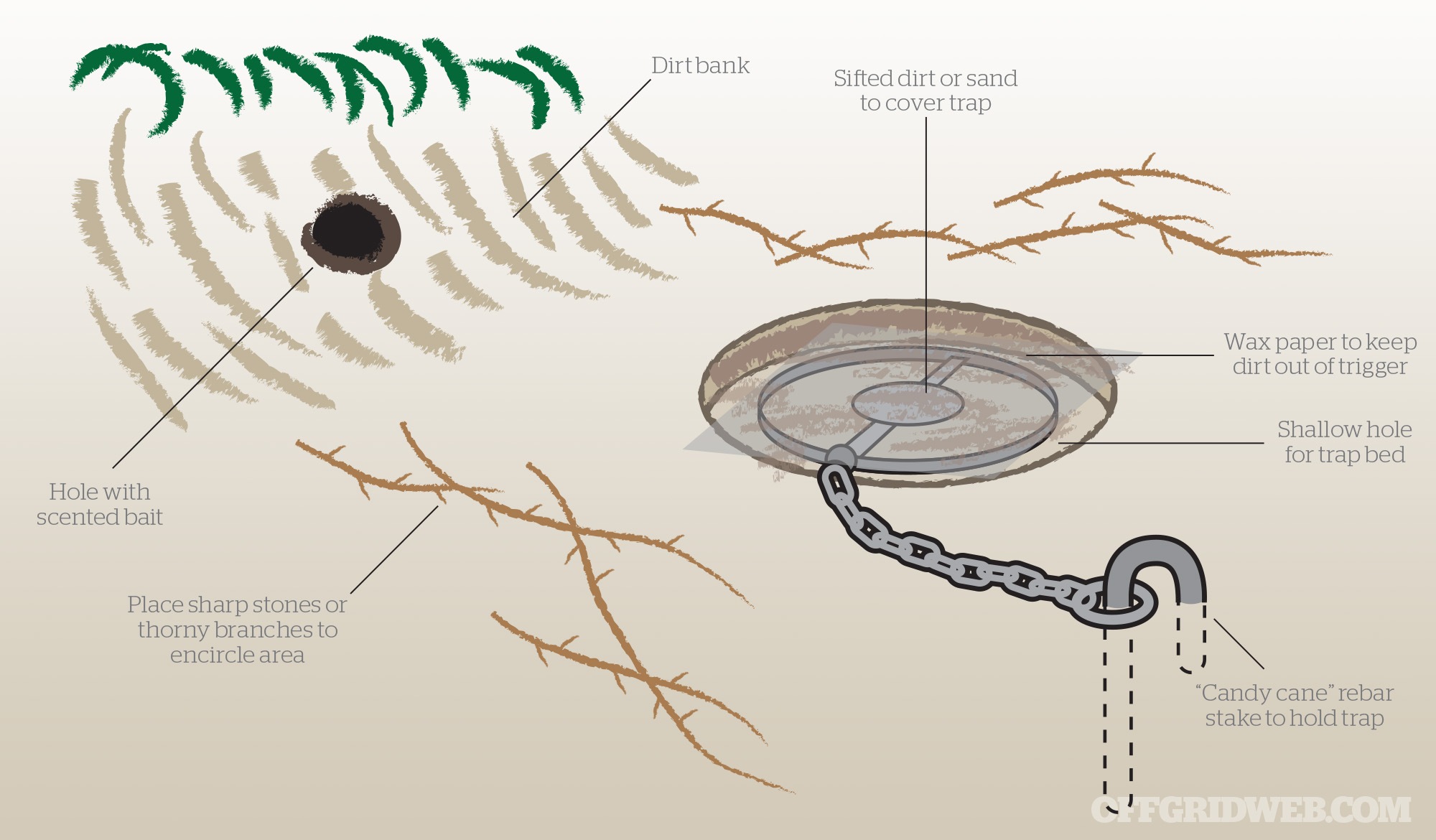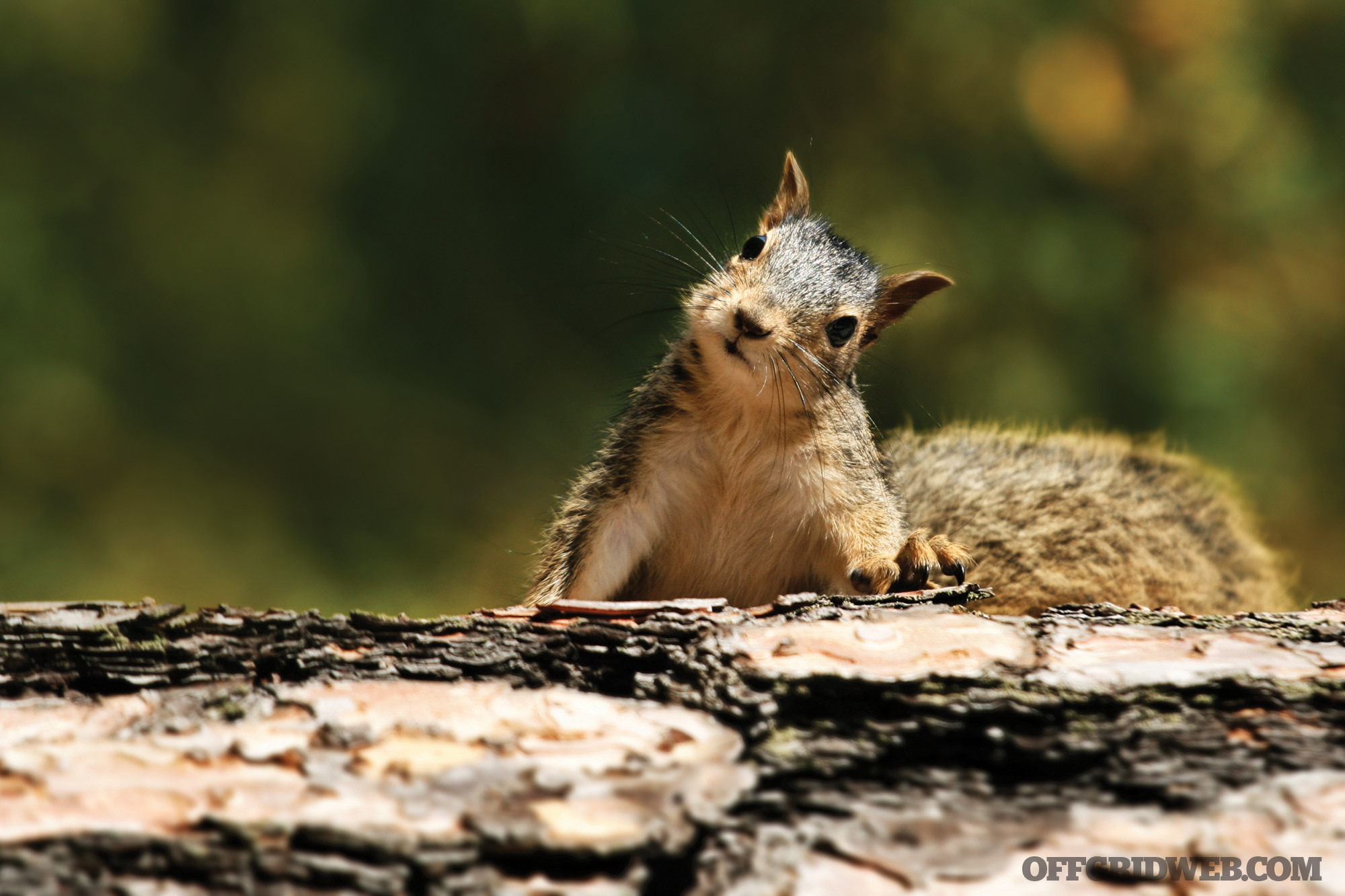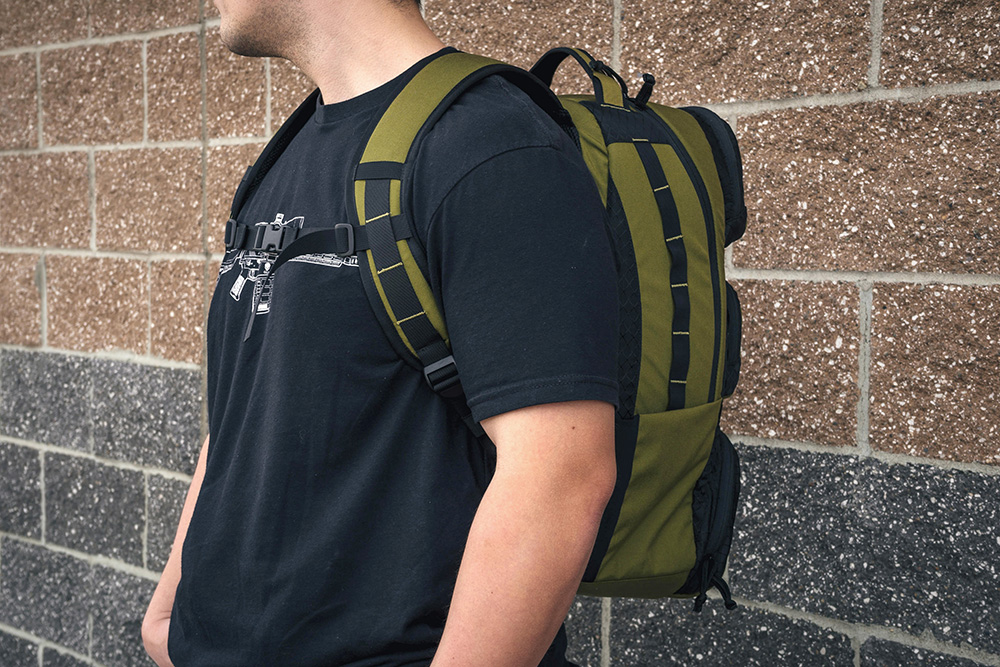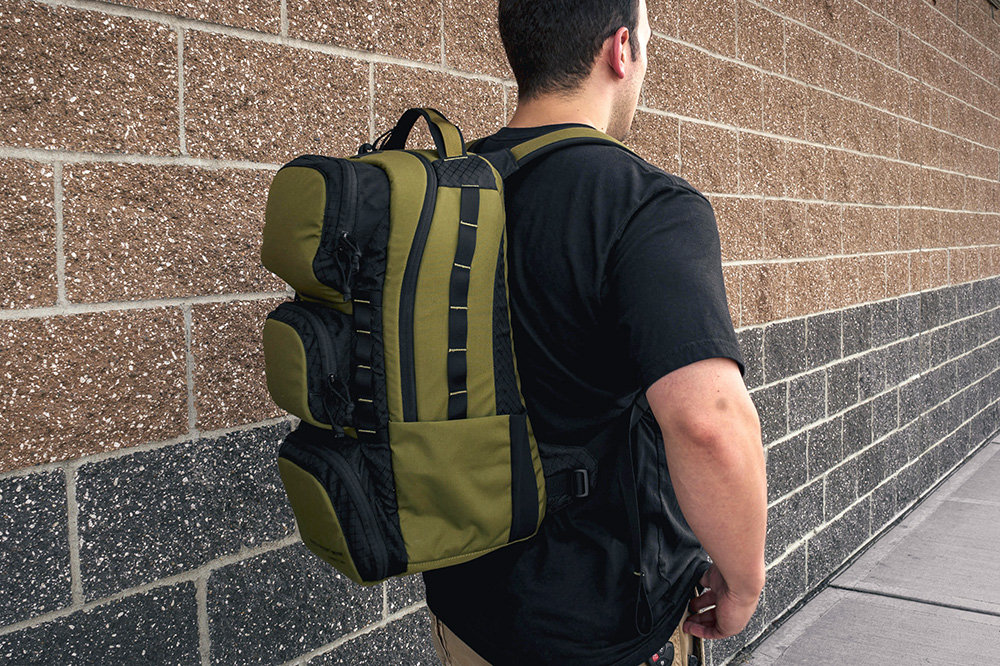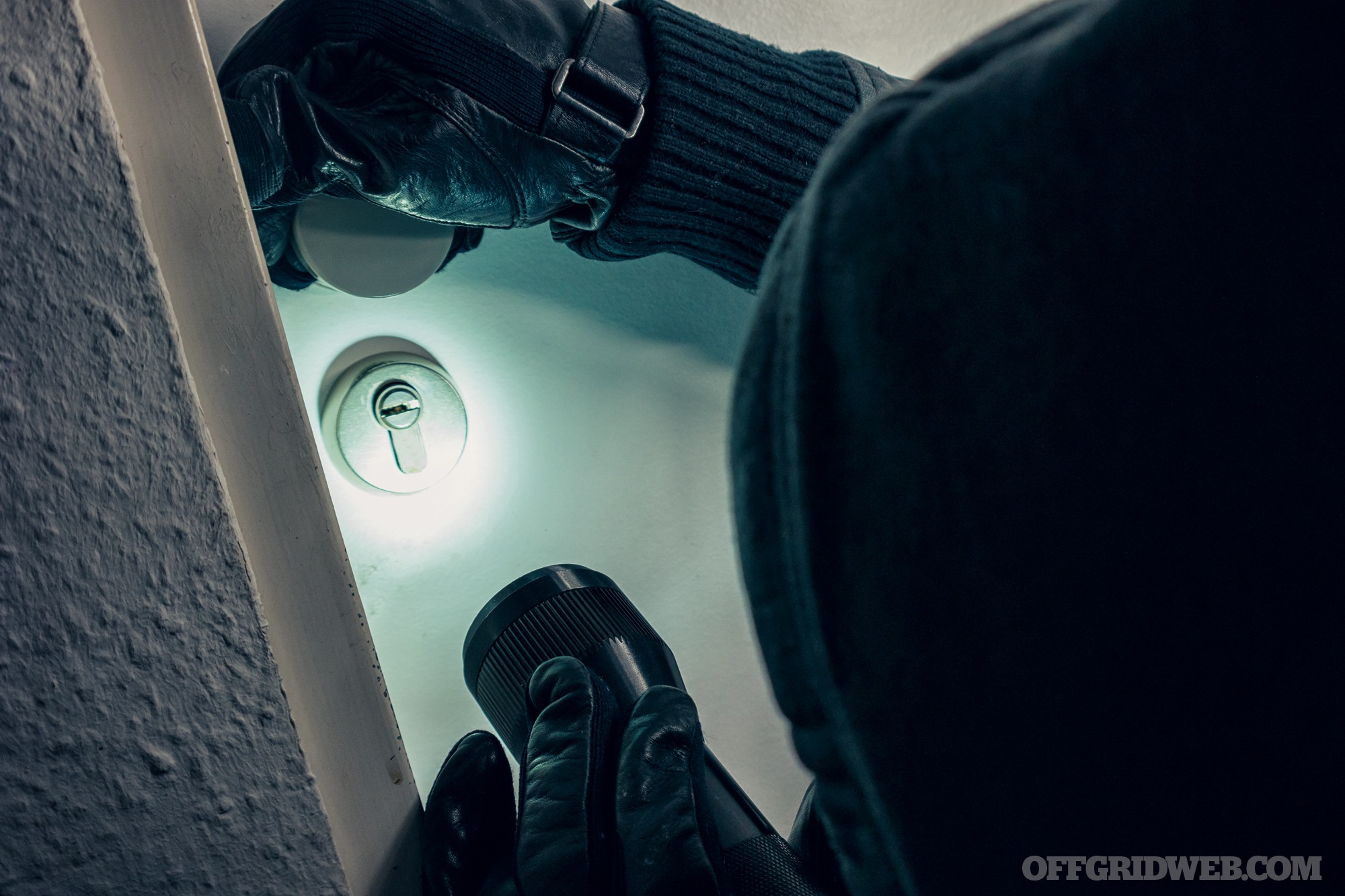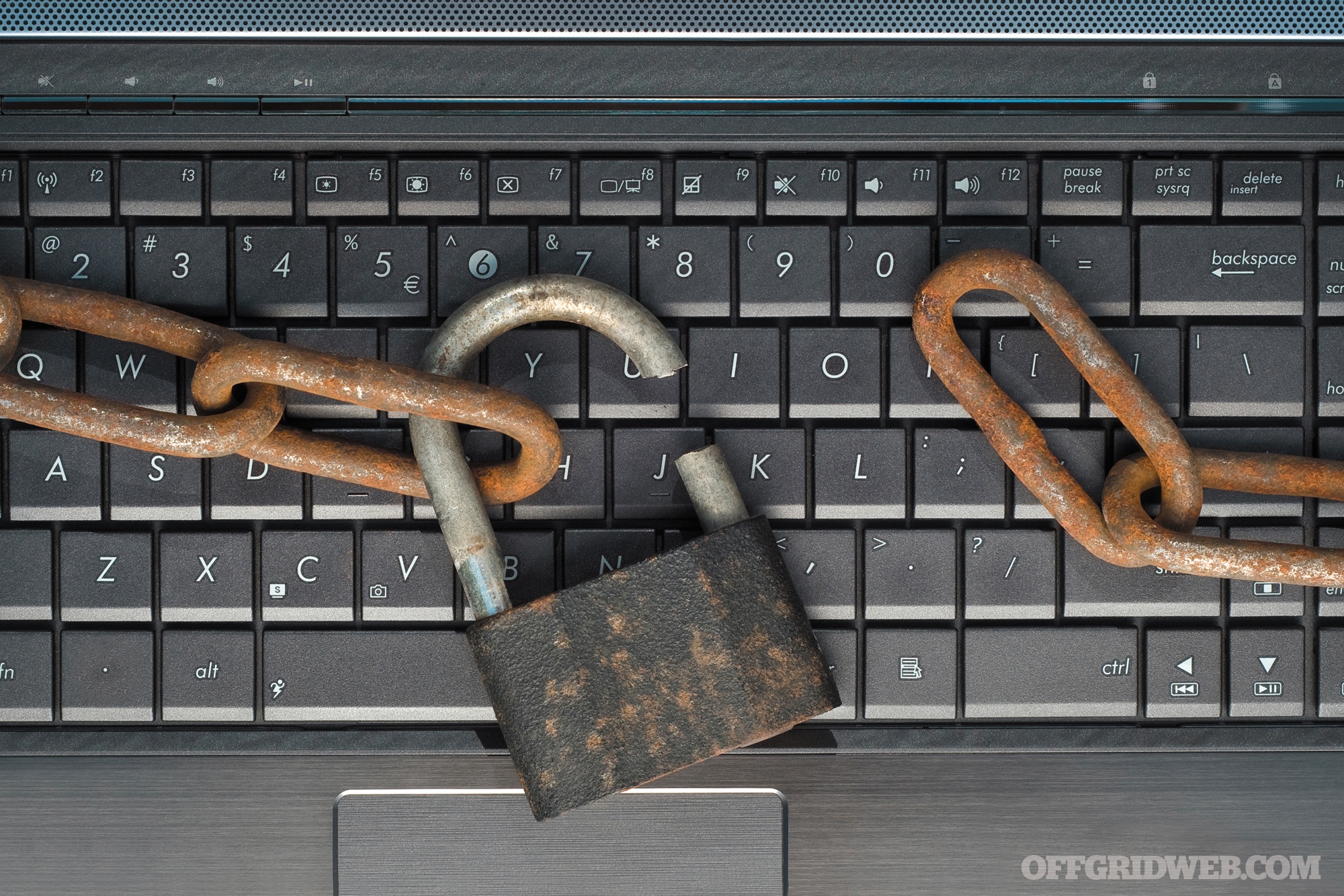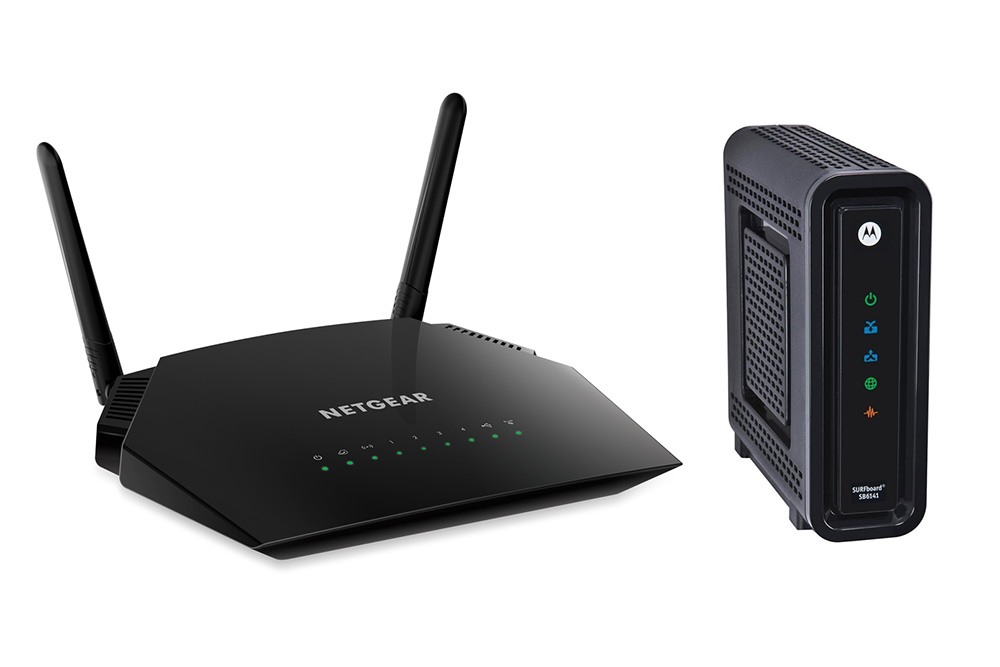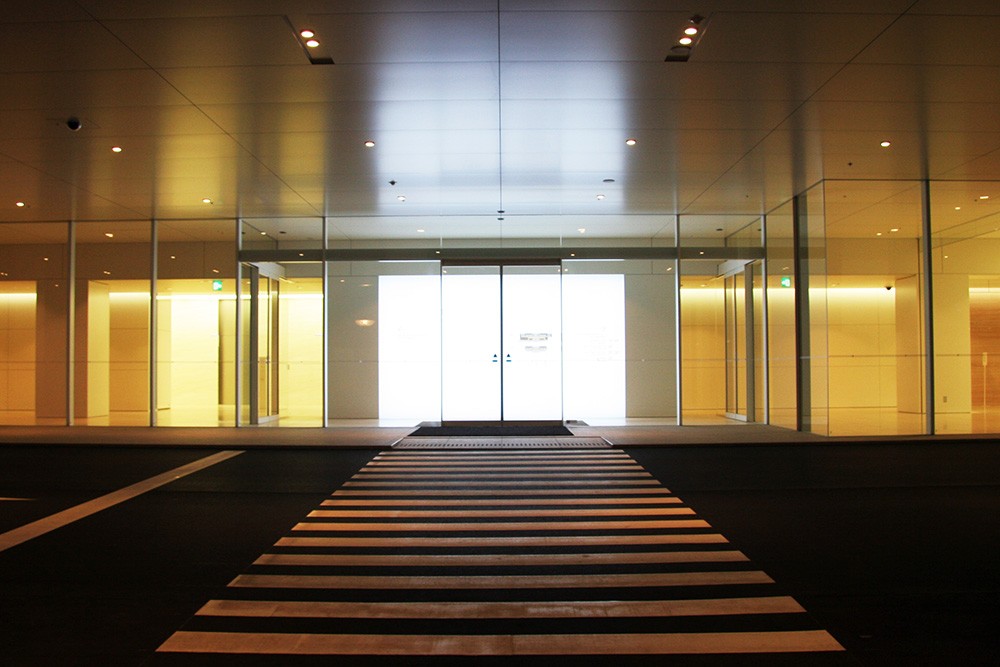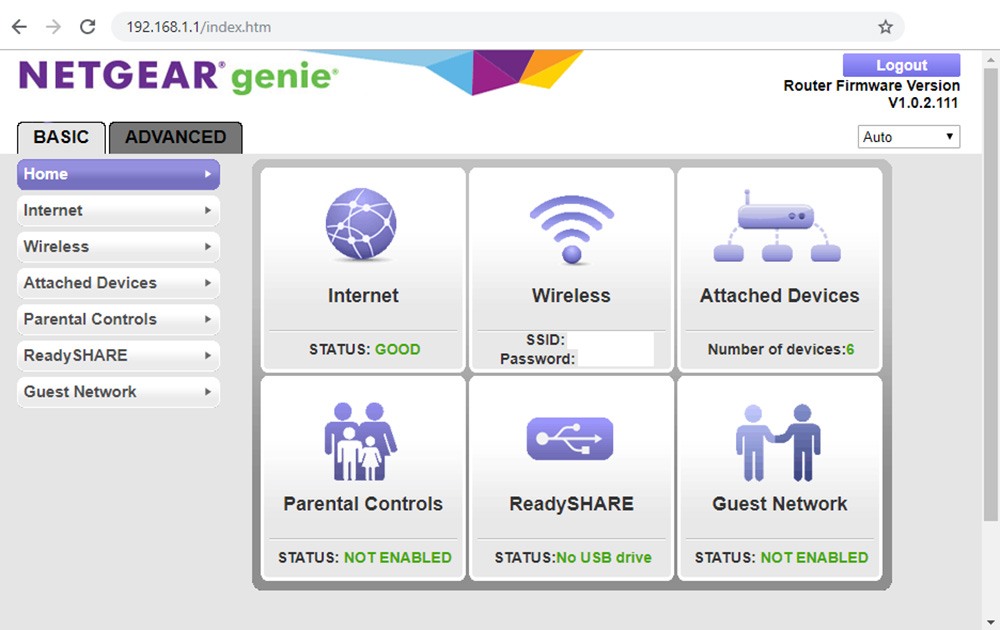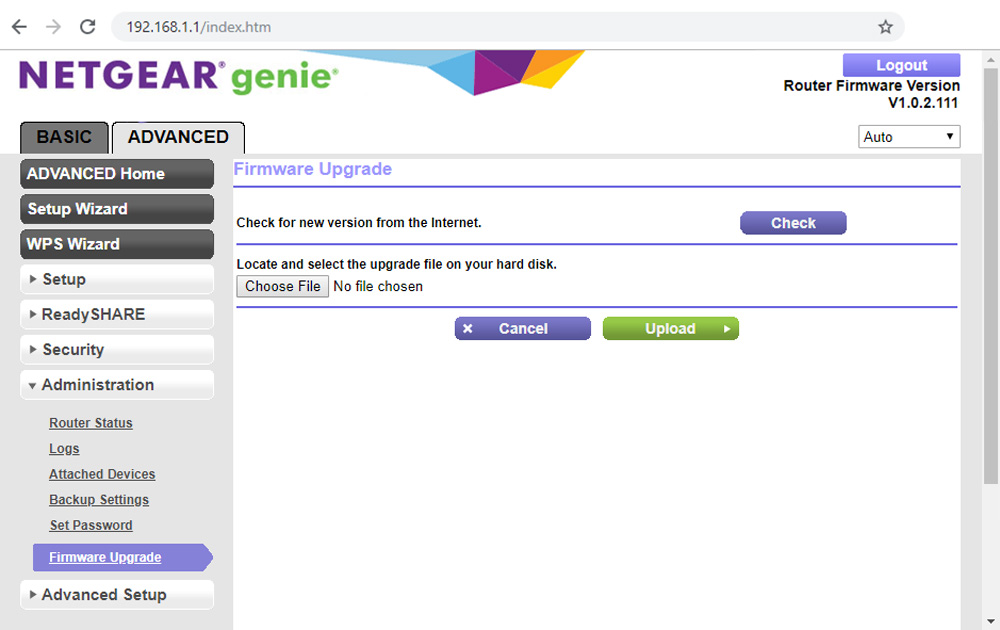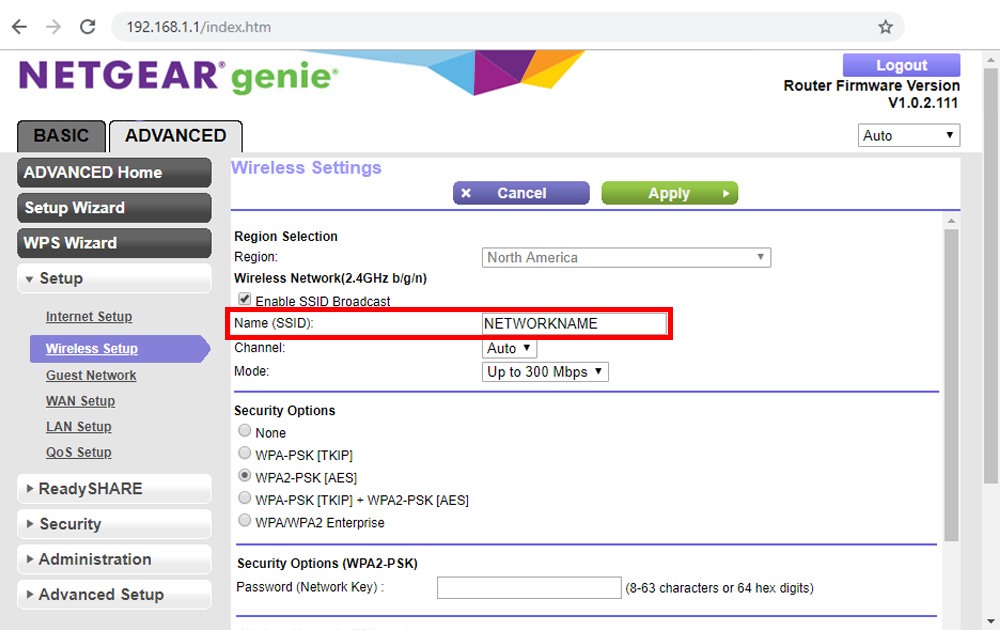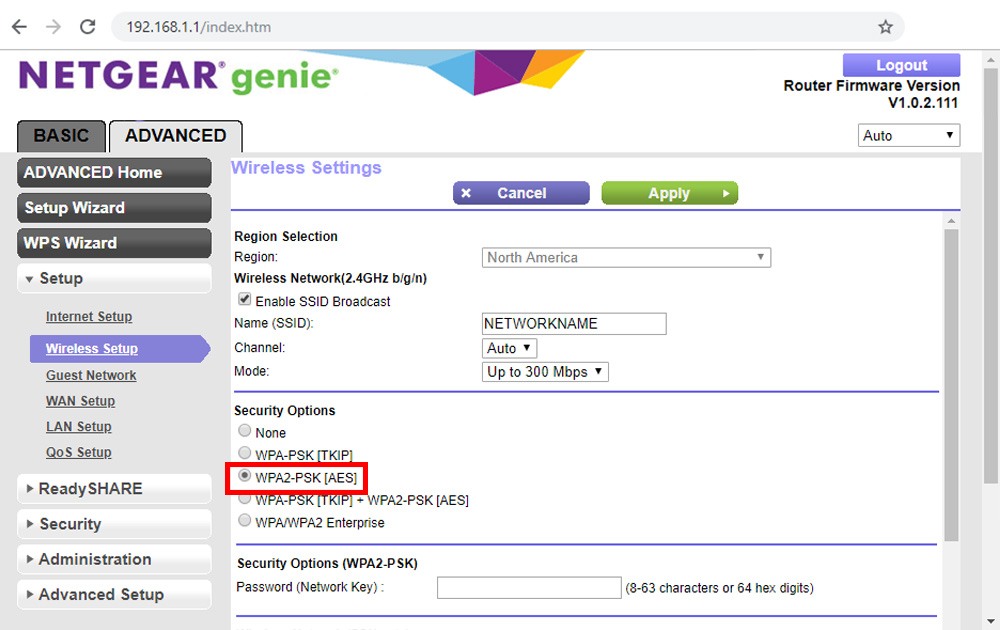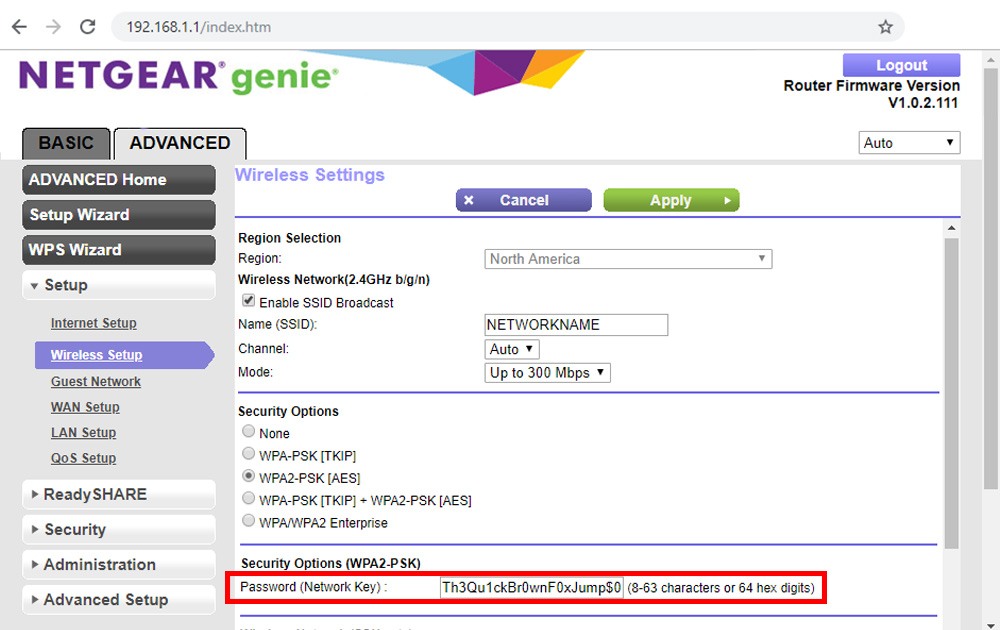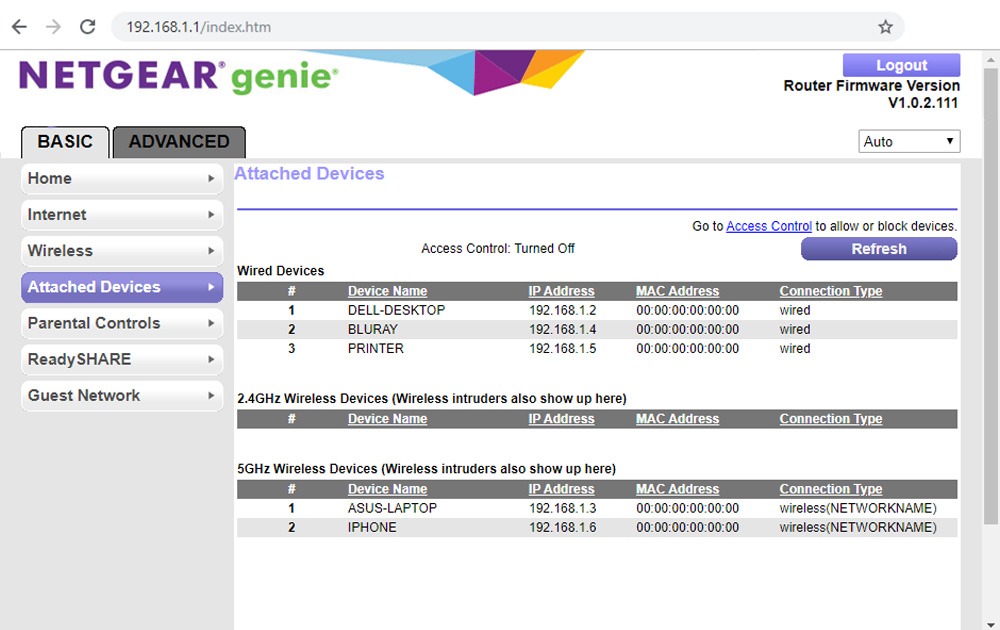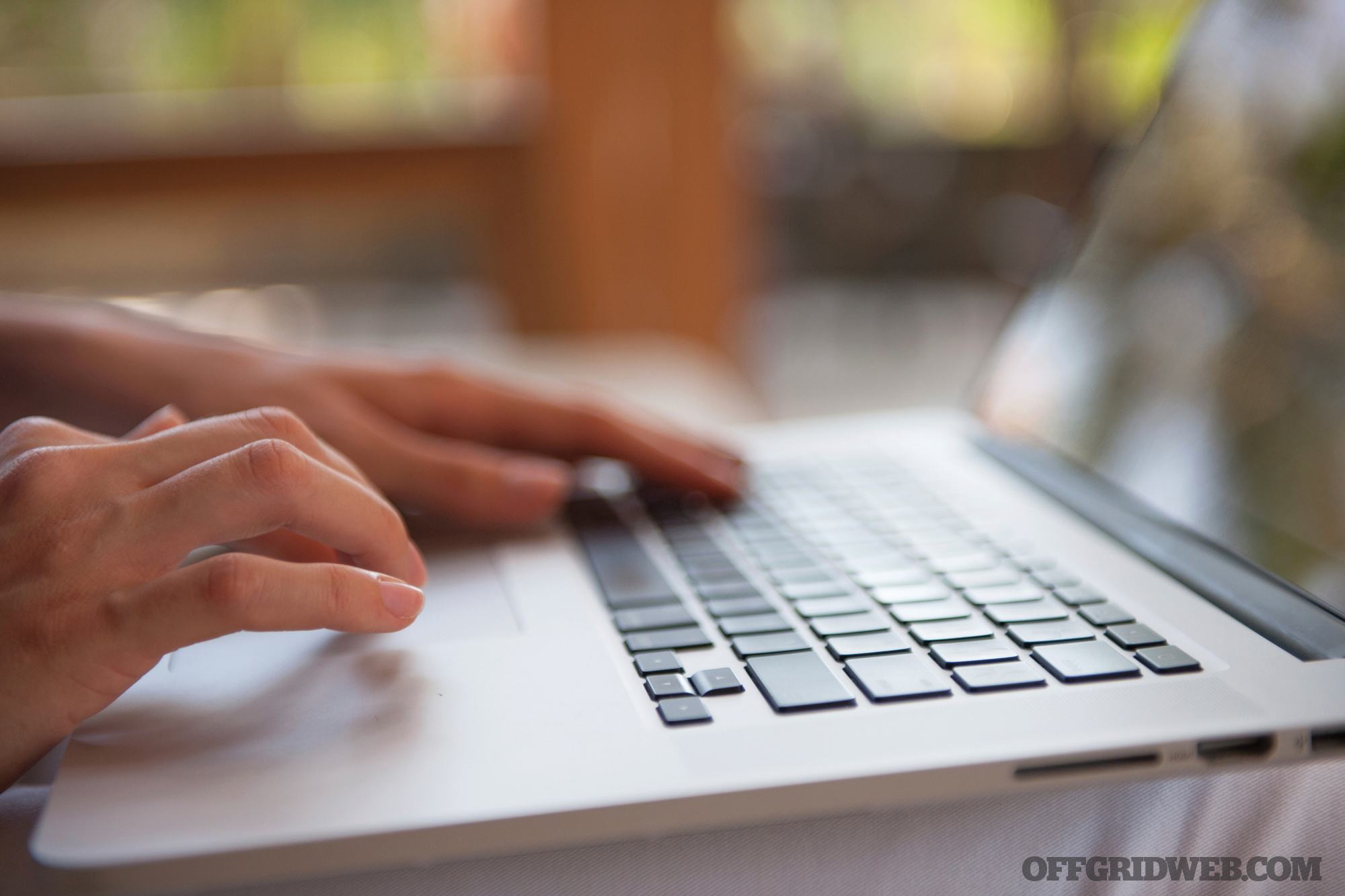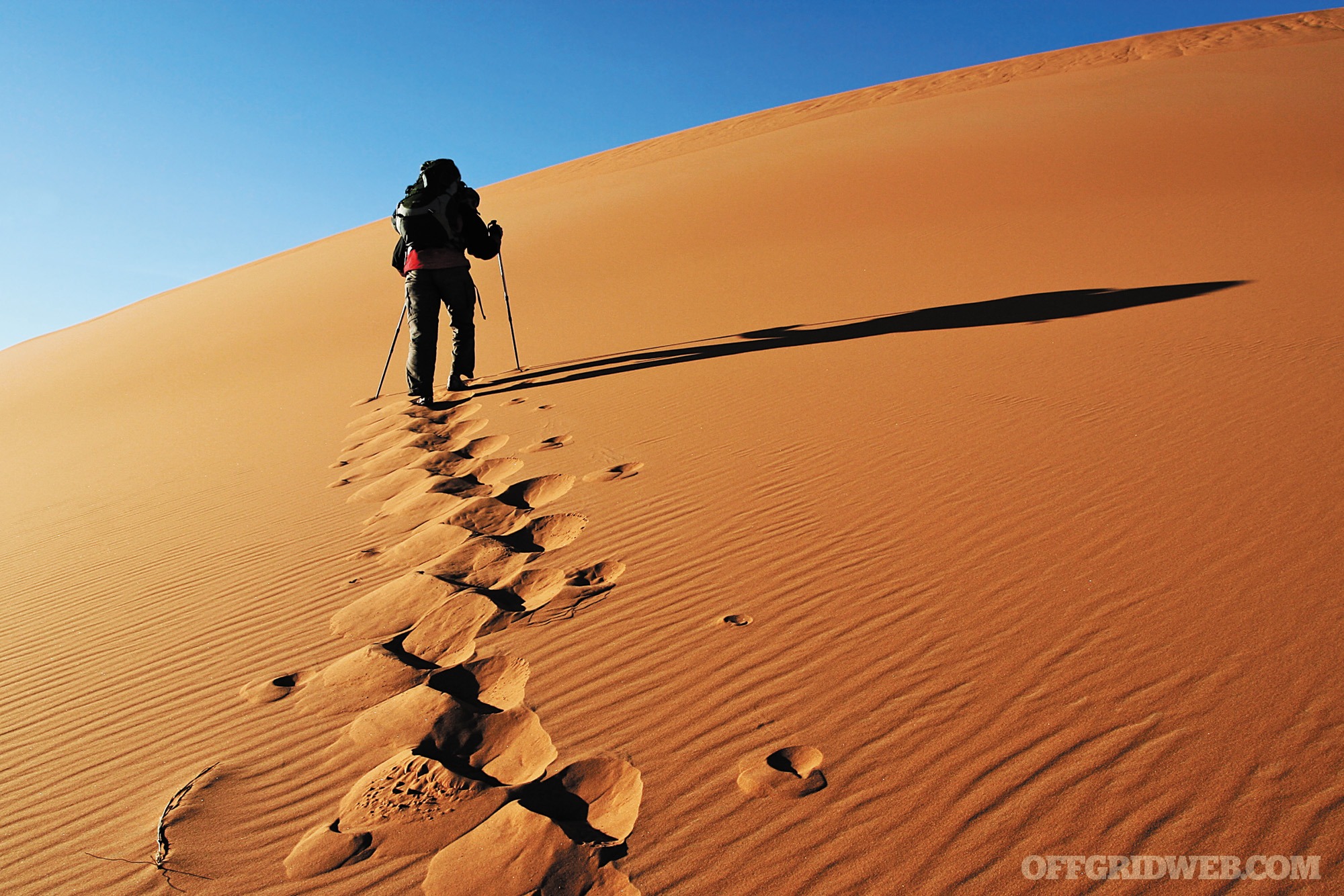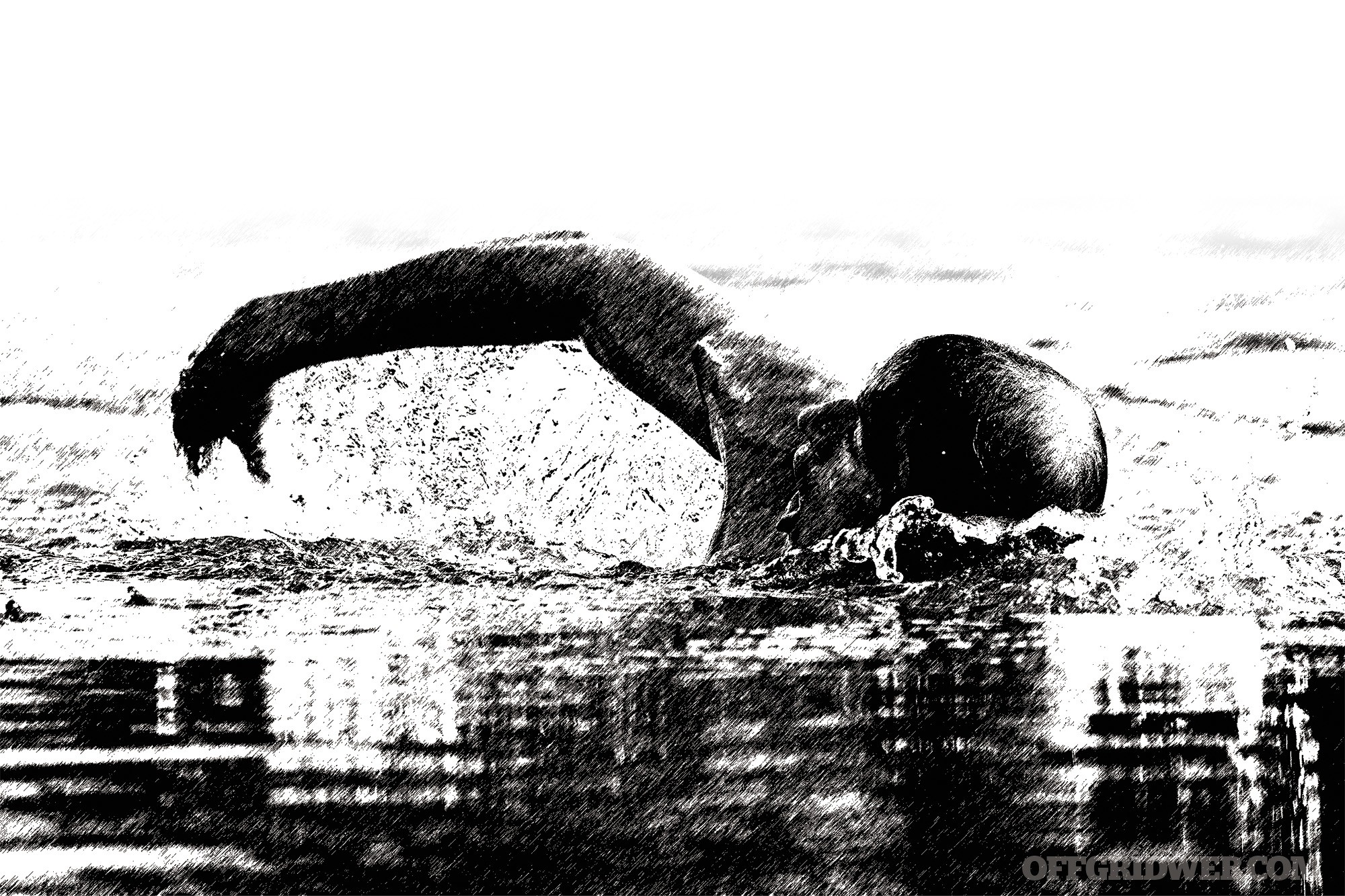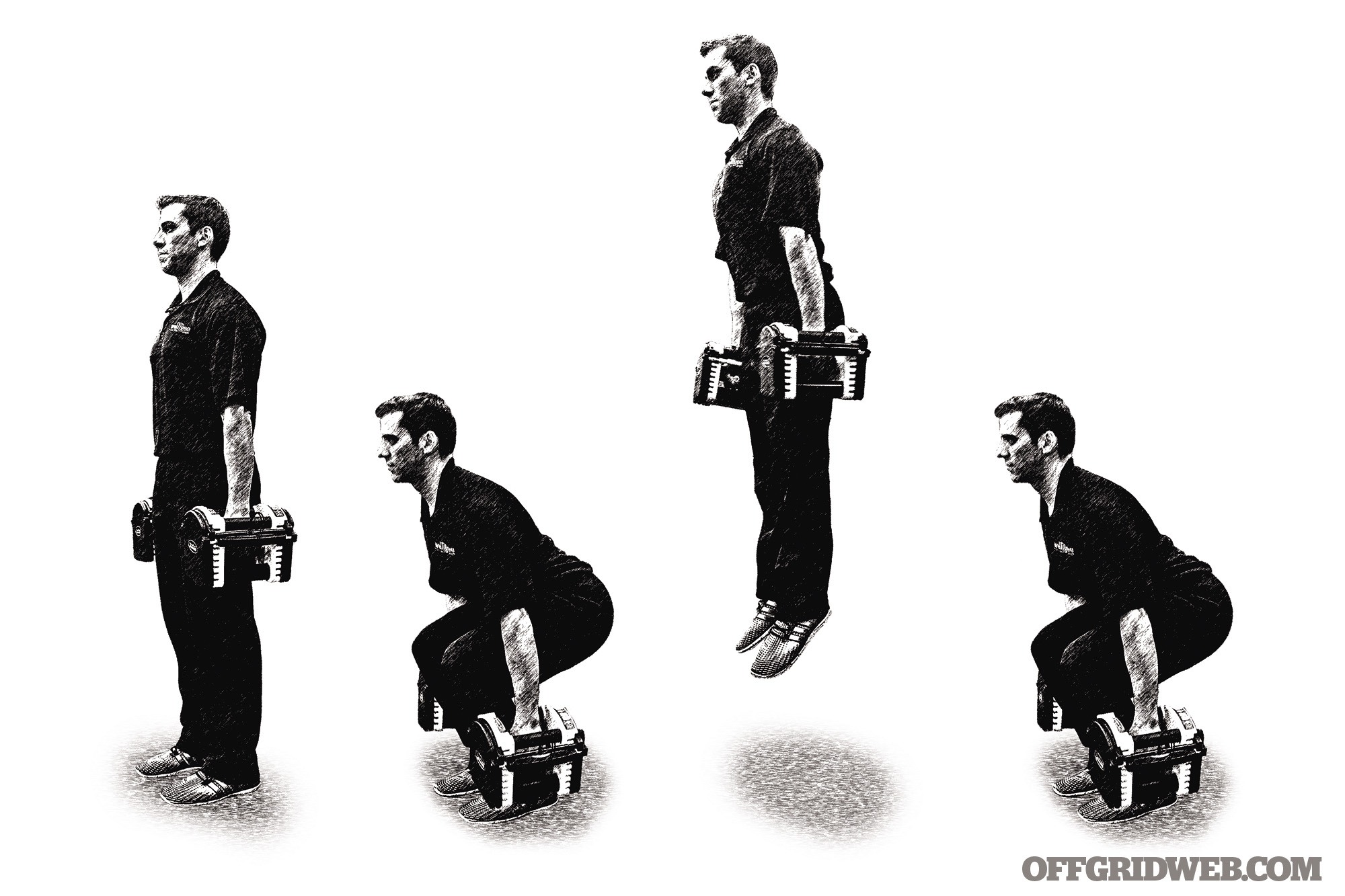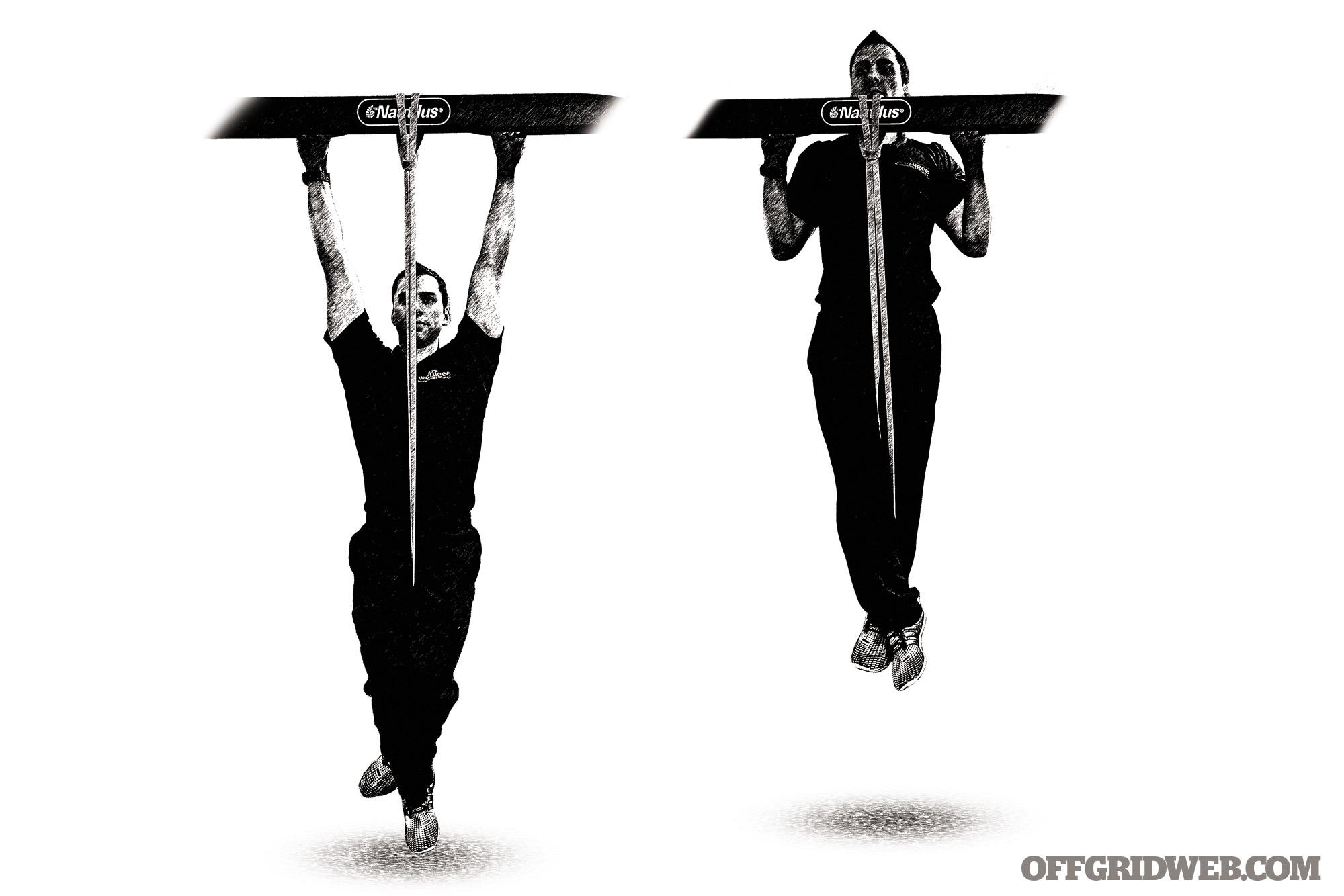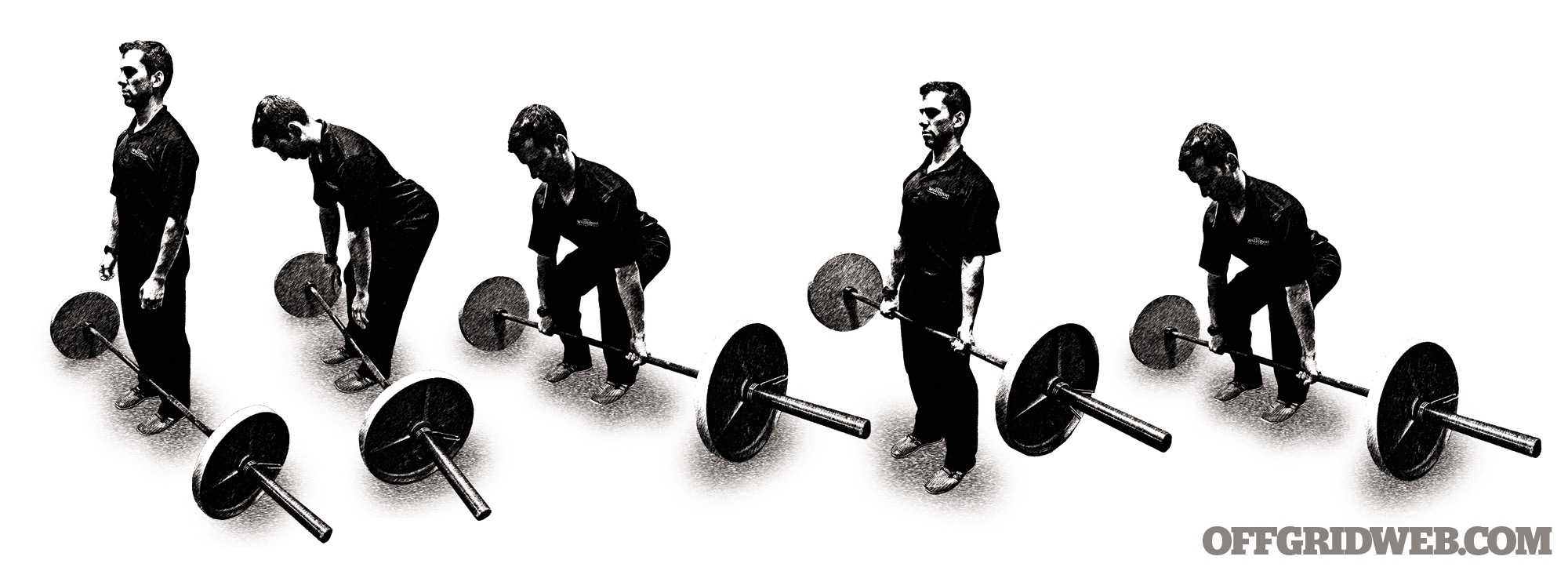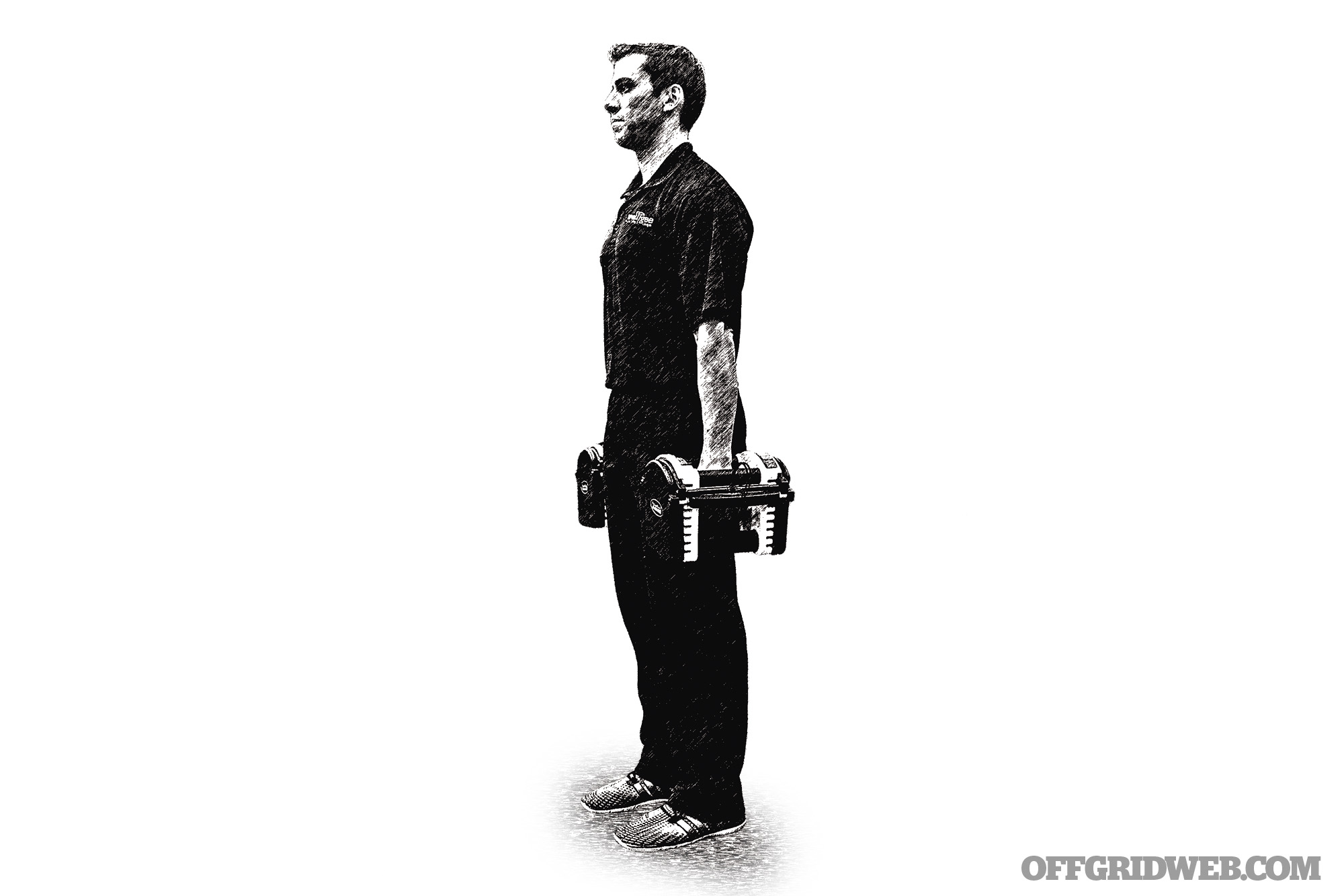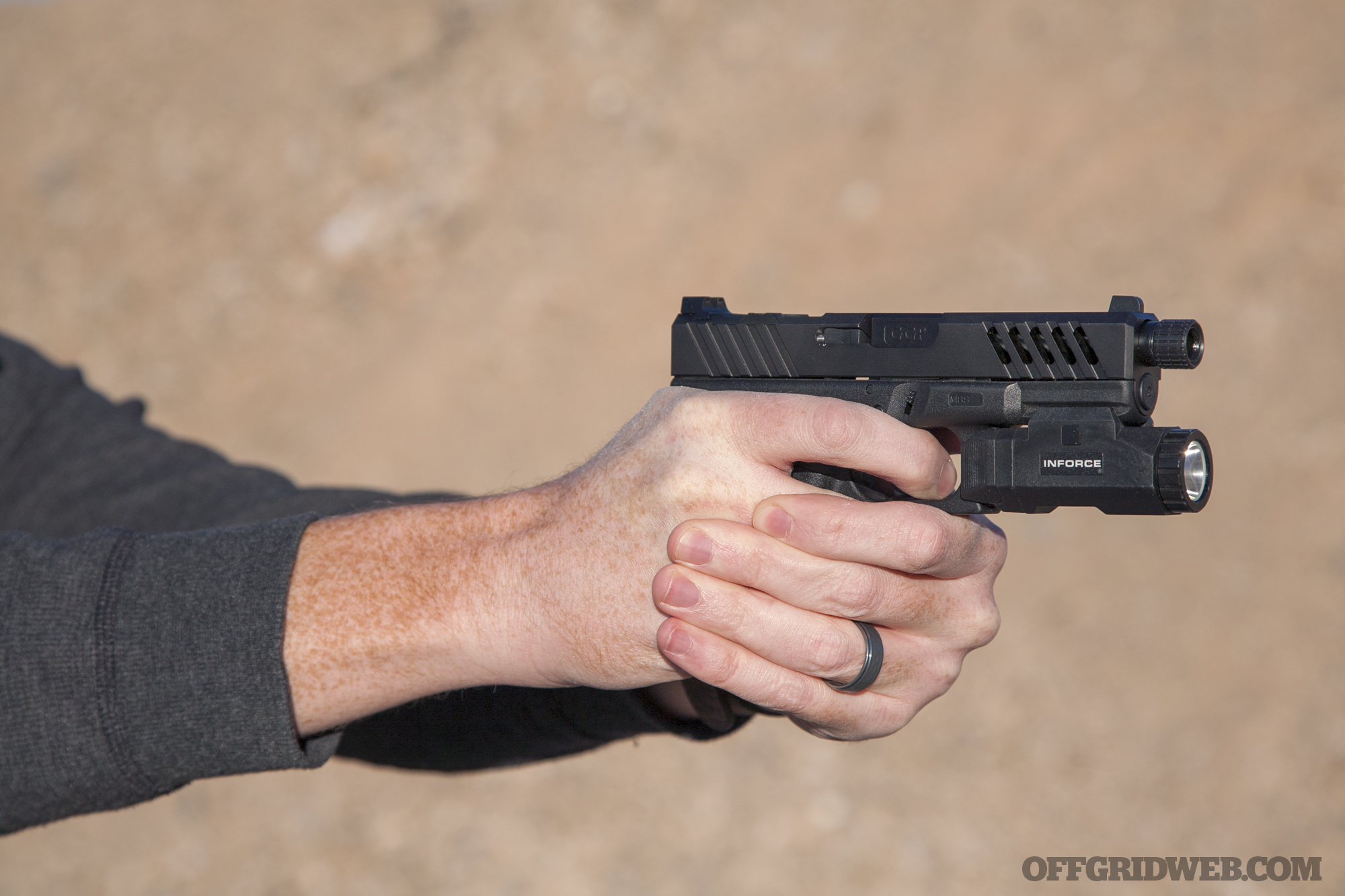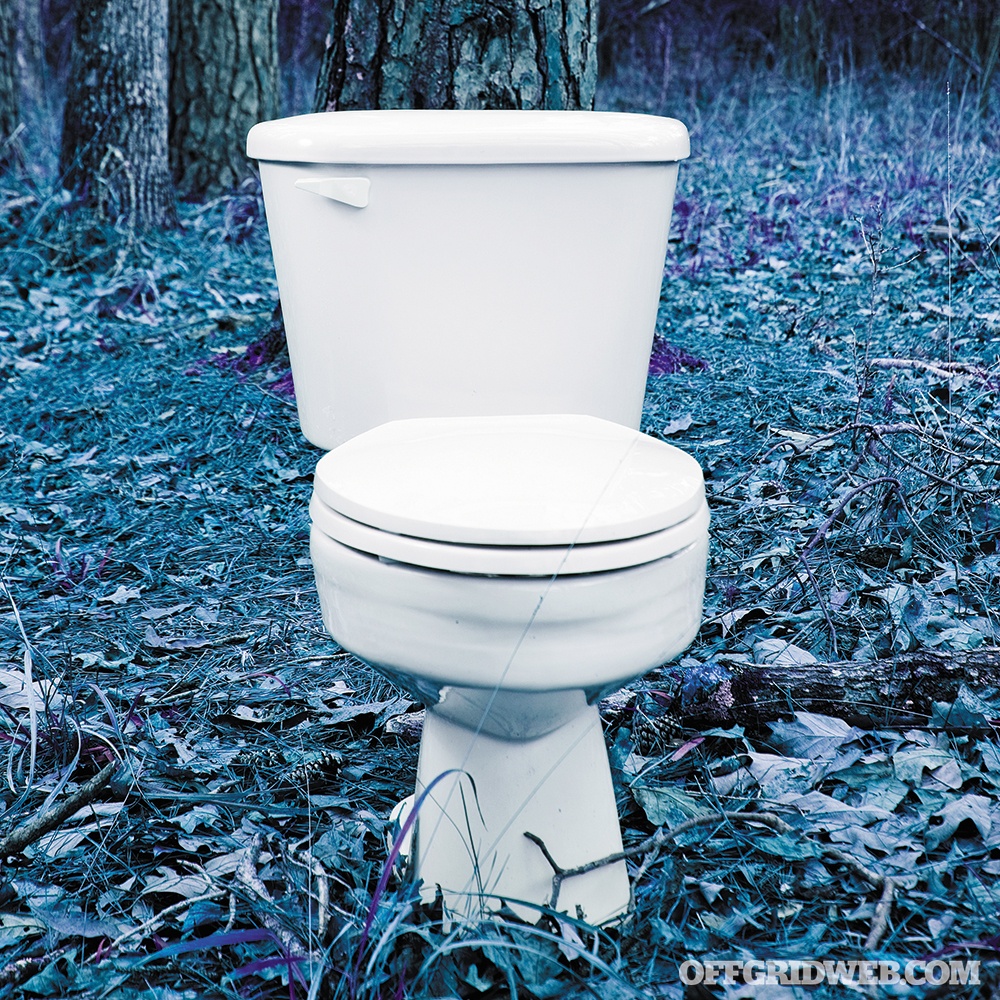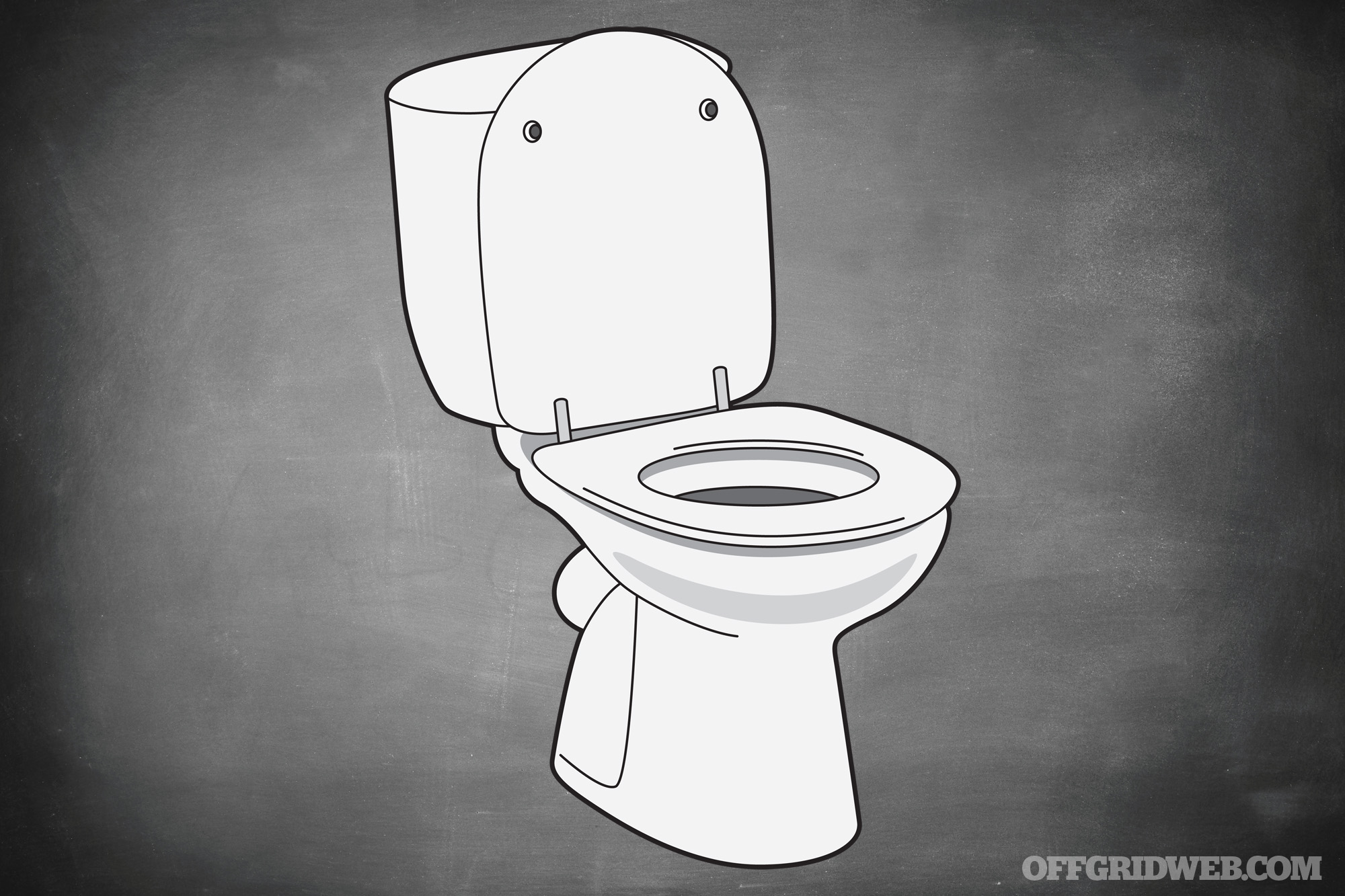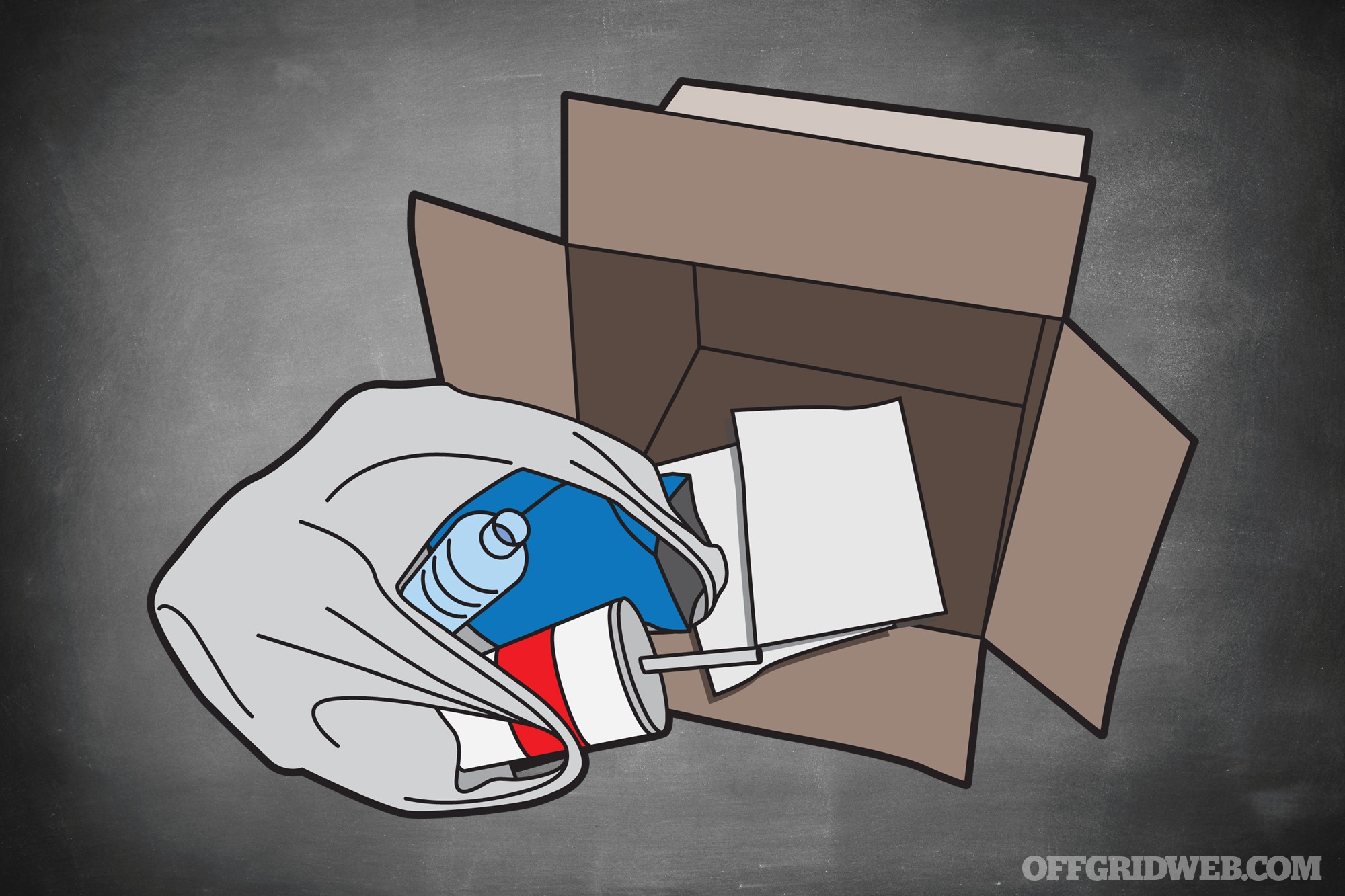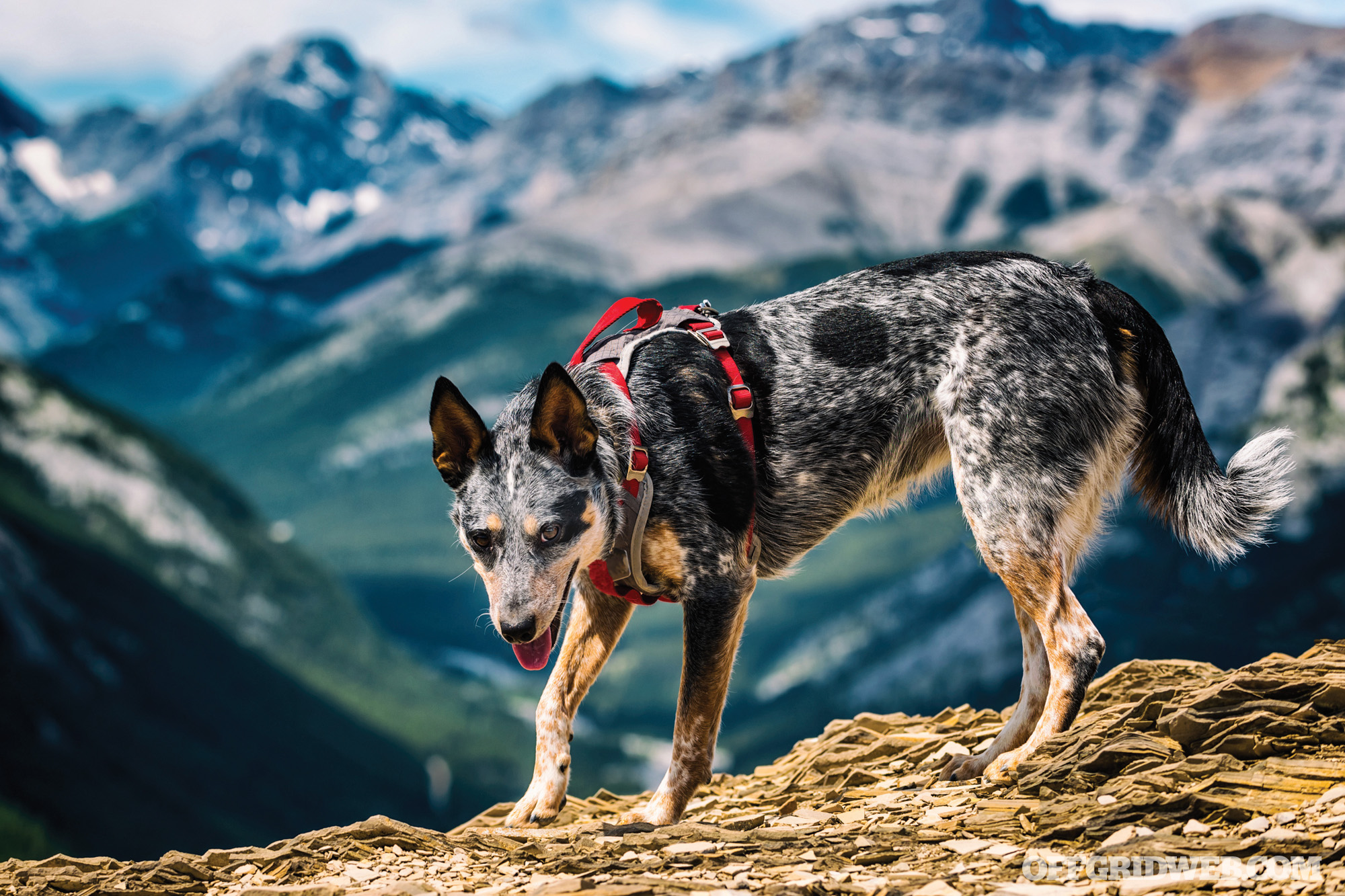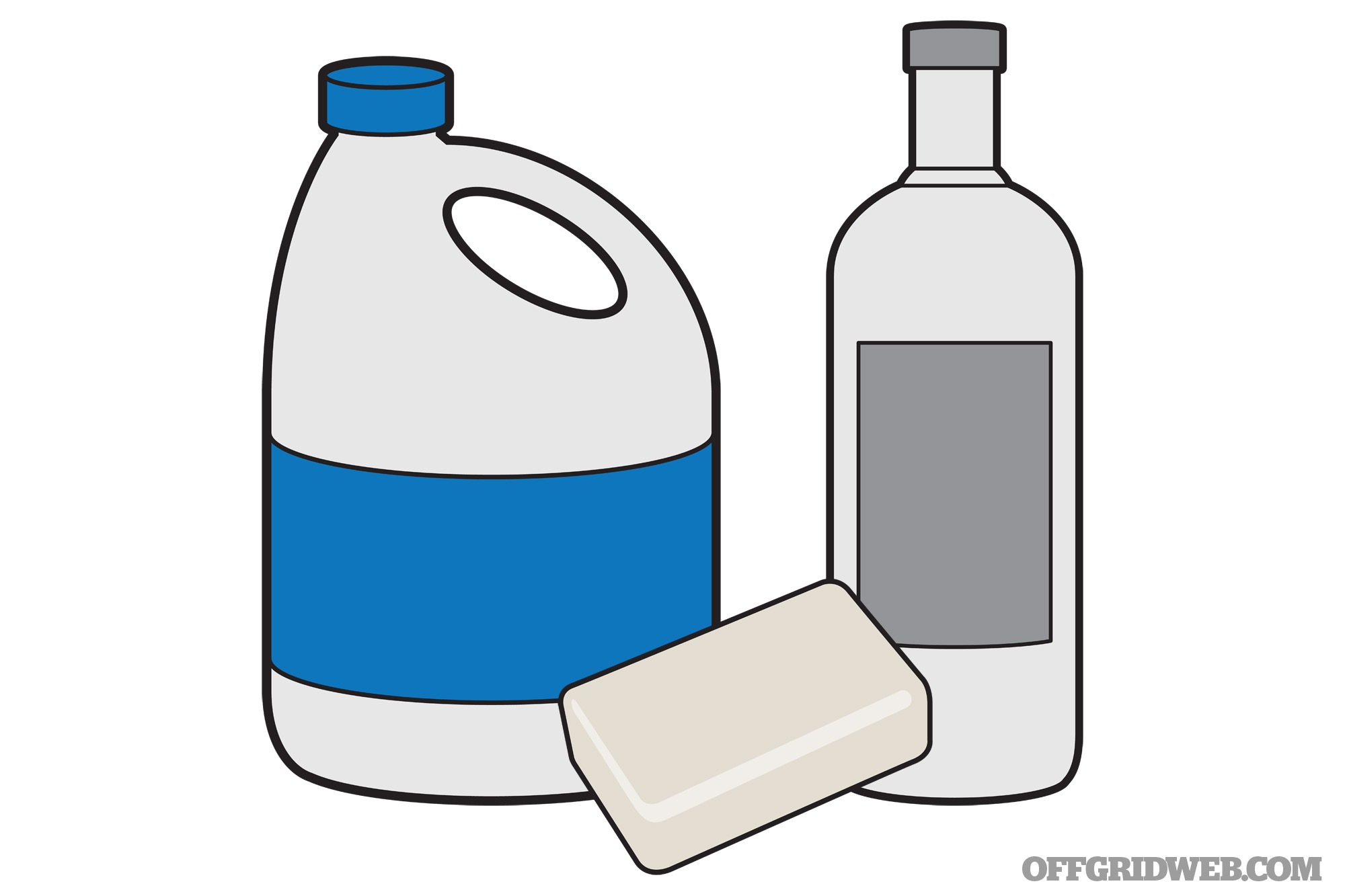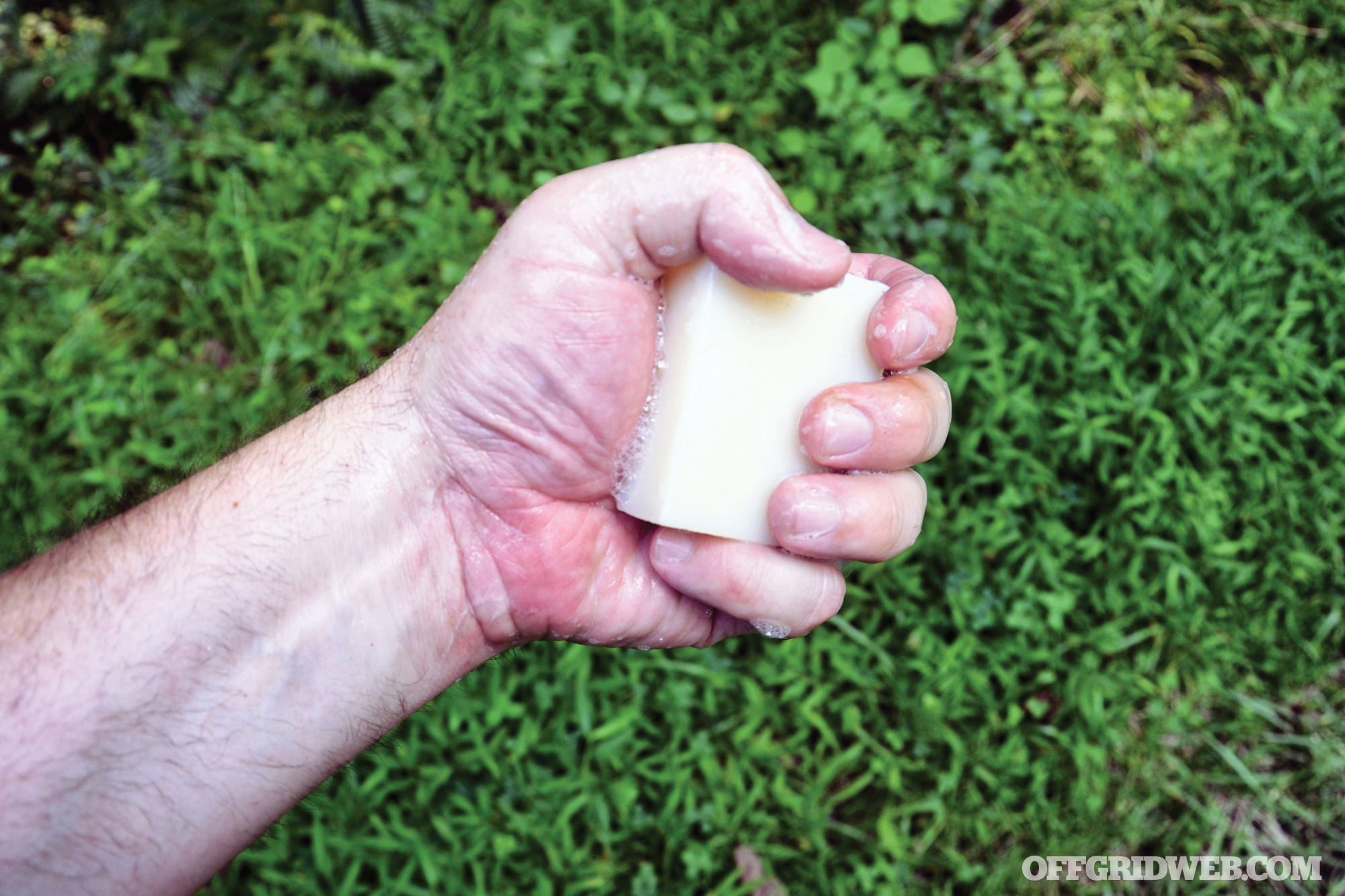In This Article
Warning! The exercises and content expressed in this column are for illustrative purposes only. Consult a medical professional before trying any physical activity or nutritional plan.
Speed and power are two vital qualities any prepper should have, lest the situation calls for you to burst out of a tight spot and haul ass to safety. With a litany of theories and exercises to choose from, what is the correct way to use power training to improve your speed? More importantly, which can be used to prepare for and possibly use during a disaster scenario? Read on to find out.
Why Power Train for Survival?
Survival scenarios can call for anything. The catch is, you have no idea what cards you’ll be dealt. From a physical standpoint, we need to do whatever we can to stack the cards in our favor, and in this case, it’s making us faster on our feet. Incorporating power training can certainly do that for you.
How? Being quick on your feet can mean escaping an animal attack or evading a group of not-so-friendly folks looking to mug you. Or, maybe you’re in a wilderness area, and hunting (or being hunted) is a real concern. You’ll certainly be thankful that you invested some extra time in this area of your physical preparation.
Older folks may need power training even more. Power can drastically decline with age, making some of the most menial tasks more dangerous. Those of us who are younger don’t see it, but power training plays a large role in fall prevention in the elderly. You may not be there yet, but as you age, this is an area that should not be neglected. Think of the strain you may put on a group of survivors if you’ve fallen and broken your hip.
How Do You Train for Power?
Using power training to improve your speed is fairly straightforward. First, we need to look at how power is measured. By definition, power is the work you do (force multiplied by distance) over the time it takes to do that work. This makes time an important factor, rather than just moving resistance a certain distance or amount of repetitions.
Rather than actually measuring an amount of time, we’re going to make that component of time involve moving something as quickly as possible. When training for power, in order to move that weight quickly, we need to reduce the amount you’re actually moving to put that emphasis on speed rather than total load. The greater the load, the slower you will be able to move it. This is most commonly done by taking your one repetition maximum with a given weight and removing about 30 to 70 percent of it, depending on what exercise you’re doing and what implement you’re using.
After getting through this, you may be getting a good idea of how to train for power: Use a lighter load and move that load (or intend to move it) as quickly as you can. While you can use many traditional exercises for power training, there are some that are better than others, especially when improving your speed with less equipment is a consideration.
How to Apply Power Training While Off-Grid?
We’re going to take some basic power movements you can do anywhere, some with equipment, but most without, to ensure you can continually improve your speed regardless of your living situation.
Since running is a series of alternating and reciprocal movements (think about arm and leg action during a sprint), most of the power exercises will focus on these concepts. First, we need mostly single-leg exercises as running takes place on one leg at a time. Next, we need to build better hip separation, meaning as one knee is driven upward, the other leg is propelling you forward by pushing in the opposite direction.
Arm action should be counteracting the rotation created through your lower body, by doing the opposite motions. We’re going to put one additional exercise in that emphasizes side-to-side movement to change things up a bit and improve power outside of pure forward movement. While it may not resemble sprinting per se, being powerful in this plane of motion is important for overall athleticism — not to mention for sidestepping potential hazards and attacks.
Explosive Step-Up
1. Begin with one foot on top of a box or sturdy object.
2. Violently drive your arms back and behind you, then throw them straight up as you push your front foot through the step.
3. Switch your feet in mid-air, and land with your feet in opposite positions.
4. Complete three sets of five to eight repetitions per leg.
Kettlebell Swing
1. Position the kettlebell out in front of you with your feet just outside shoulder-width and your toes slightly outward.
2. Begin by sitting back and reaching forward with your arms. This is the appropriate back position during the swing.
3. Hike the kettlebell straight back between your legs.
4. Explosively drive your hips forward with your arms relaxed, and swing the kettlebell to eye level. Stand tall, and don’t arch your back.
5. Guide the kettlebell back between your legs.
6. Complete three sets of 10 to 12 repetitions.
Split Squat Cycle Jump
1. Begin in a standing position with one leg in front of you and one behind, as if you lunged forward.
2. Violently drive your arms back and behind you, lower your body, then throw them straight up as you push your front foot through the floor.
3. Switch your feet in mid-air, and land with your feet in opposite positions.
In-Place Heiden and Stick
1. Begin standing on one leg.
2. Explosively push off your leg and land on the other leg. You want to take off at about 45 degrees. Try to move high and far.
3. Land on the opposite leg and stick the landing (pause).
4. Repeat and land on the original leg.
5. Complete three sets of five Heidens on each leg.
Sled Sprint
1. Begin with both hands on high handles on a sled. Your body should be in a forward lean.
2. While maintaining this position, sprint as fast as you can against the weight of the sled.
3. Complete three sets for roughly 10 to 12 seconds.
Power Skip
1. Begin in a plank position with your feet wider than hip width, with a stack of four 5-pound weight plates to your left.
2. Reach your right hand across, grab a plate, and place it to the right side. Repeat this until you have a pile on the right side.
3. Repeat this again with your other arm until you have a stack back on the left side.
4. Do this one more time on each side.
5. Repeat for the prescribed amount of sets.
Common Mistakes in Power Training
Using Too Much Weight: Power is a combination of strength and speed. Speed of movement is difficult to increase if the weight is far too heavy. You can’t be powerful if you’re not fast.
Completing Too Many Reps: Power training has a significant neuromuscular component, so it’s best to keep the repetitions low and focus more on speed of movement and less on muscle fatigue.
Not Trying to Move the Weight Quickly: Research shows that even if the weight is a little on the heavy side, your intent to move it quickly is important to increase power. Every exercise completed with the goal of power should be done as quickly as you can move it, even if it’s not lightning fast.
Doing Too Difficult a Movement: When just starting out, keep it simple. It’s very easy to see athletes doing some very technically demanding exercises, like Olympic lifts, and coming back to the gym Monday to try it out. It’s highly advised you get a coach to help you with movements that are complex and new to you. Many athletes get strong and powerful off of basic lifts and movements.
Just Focusing on Strength: While strength is a significant component of power training, it’s not the only component. Make sure to dedicate time to both strength and speed of movement when focusing on power to improve your speed.
Conclusion
When integrating these into your preexisting training program, you’ll want to place these after your warm up and before your strength work. Power training has a heavier neuromuscular component, which we want to take advantage of when you’re fresher earlier in the workout. It’s recommended you do one of these exercises, possibly paired with a core, corrective, or upper body power movement.
As you can see, developing speed through power exercises doesn’t have to be very difficult. All of the exercises listed are fairly basic, but are effective at improving power and its carryover to speed. The best part is that they really don’t require much in terms of equipment, making them ideal for any disaster scenario. Rest assured you’ll be prepared to get your ass out of harm’s way following this prescription.
About the Author
Ryne Gioviano, M.S.Ed., NSCA-CPT is the owner of Achieve Personal Training & Lifestyle Design. He holds a master’s degree in exercise physiology and is a certified personal trainer through the National Strength and Conditioning Association. For more information, visit www.achieve-personaltraining.com. You can find Ryne on Twitter and Instagram at @RGioviano.
More From Issue 17
Don’t miss essential survival insights—sign up for Recoil Offgrid’s free newsletter today!
- Snow Worries: 7 Survival Tips for Hiking in Winter
- What If a Winter Road Trip Leaves You Stranded and Injured?
- Staying Sharp: Spencer Frazer of SOG Knives
- Full Speed Ahead: Power Training Workouts for Survival
- Review: DGT Shadrach Neck Knife
- Shrink Your Drink: Collapsible Water Bottle Buyer’s Guide
- 4 DIY Survival Uses for Altoids Tins
- Mommy, I’m Scared: 5 Keys to Children’s Fears
- The No-B.S. Paramedic Guide to 3 Common Injuries
- 7 Common Self-Defense Mistakes
- Piggy Warmers: Cold Weather Socks Buyer’s Guide
- Miniature Flashlights – Highlights
- The 10 Most Neglected (But Essential) Preps
Read articles from the next issue of Recoil Offgrid: Issue 16
Read articles from the previous issue of Recoil Offgrid: Issue 18
Check out our other publications on the web: Recoil | Gun Digest | Blade | RecoilTV | RECOILtv (YouTube)
Editor’s Note: This article has been modified from its original version for the web.

